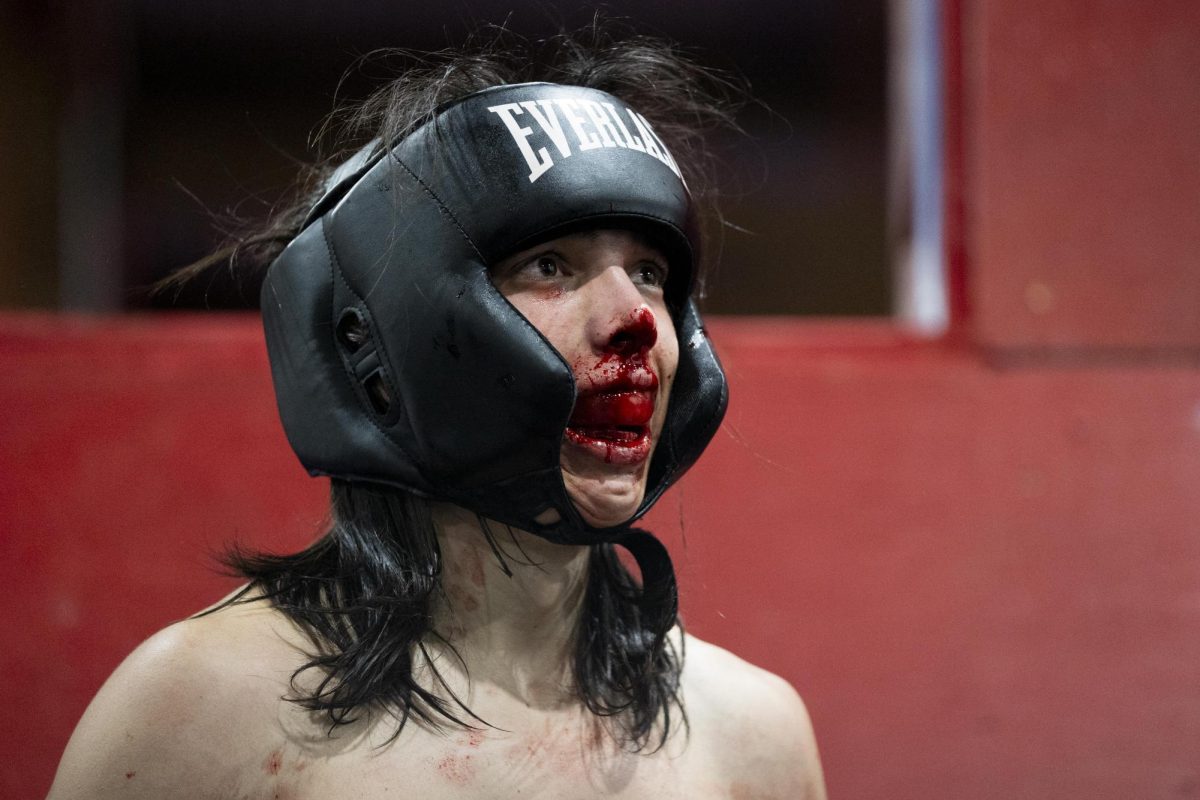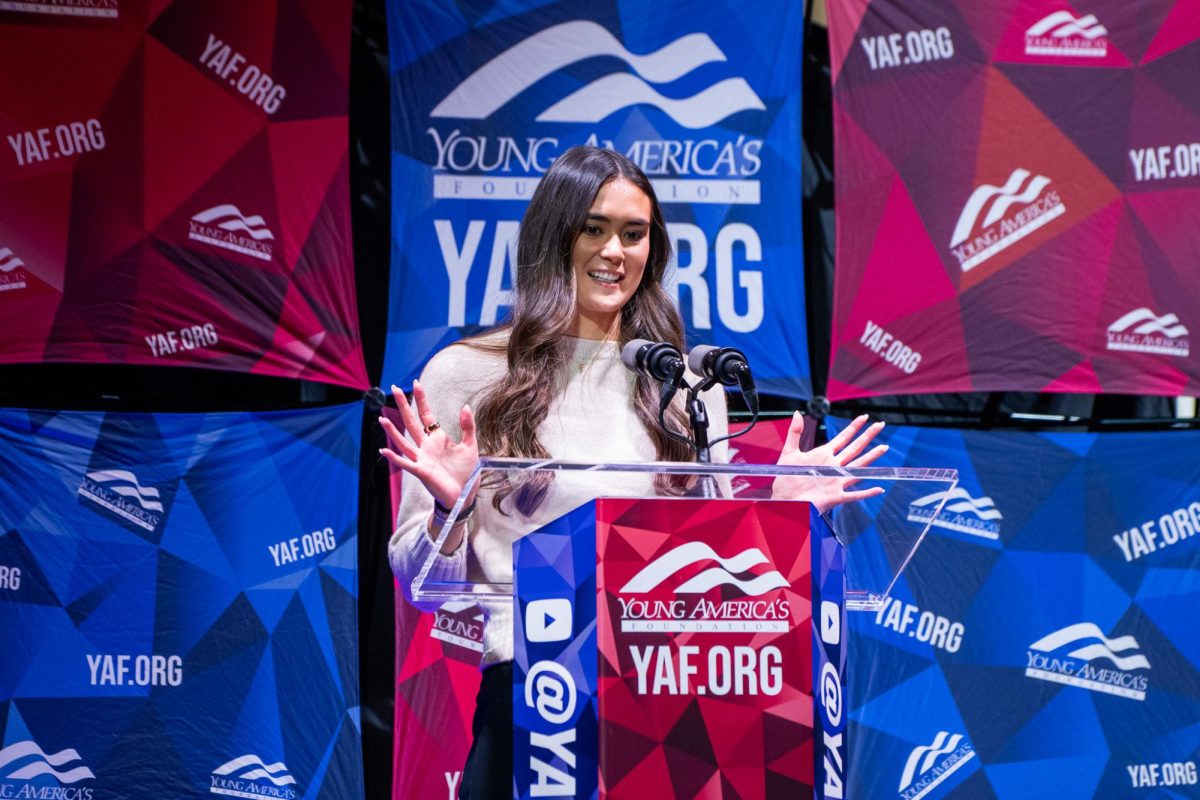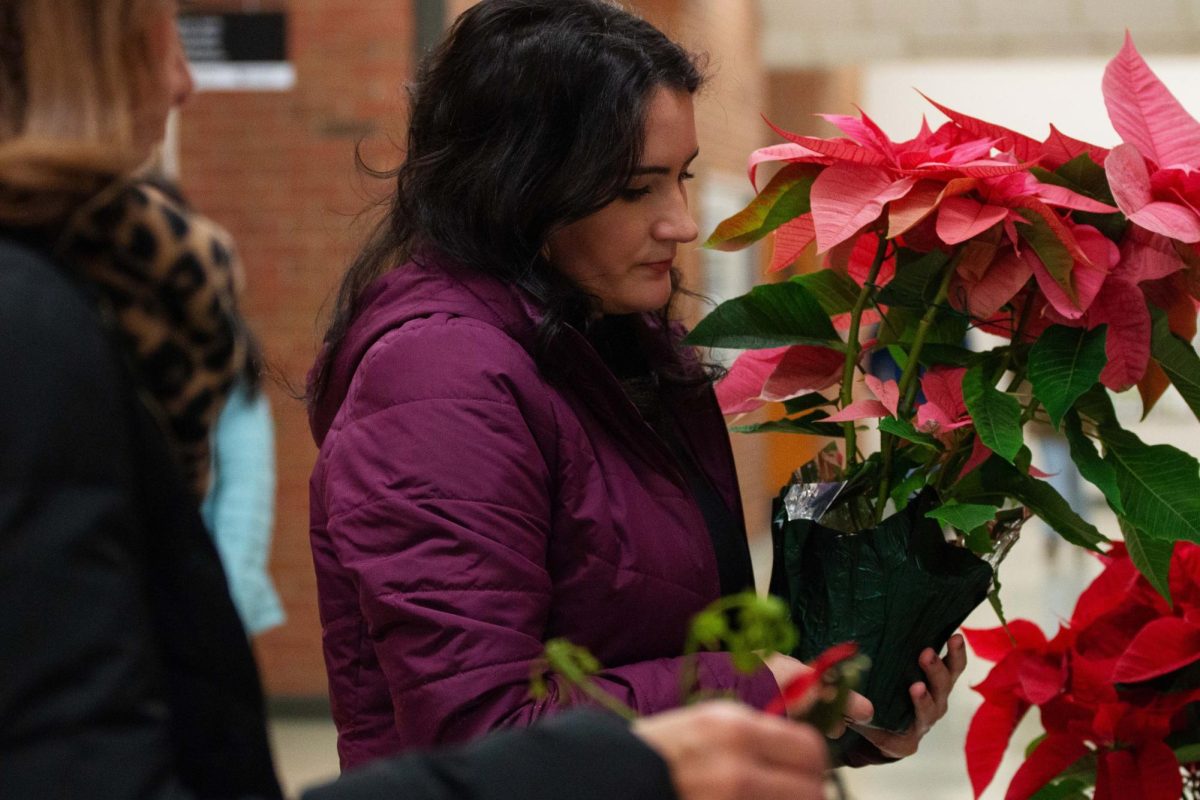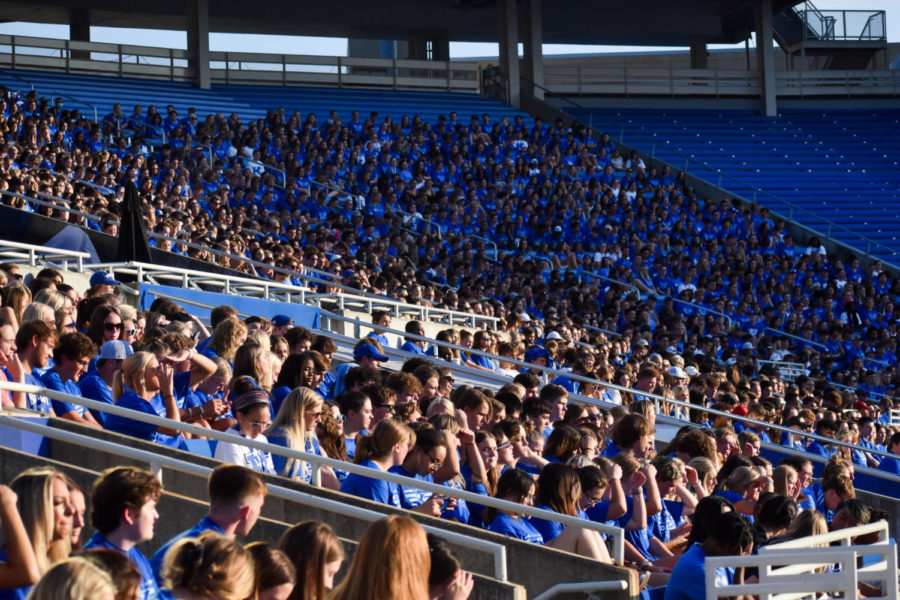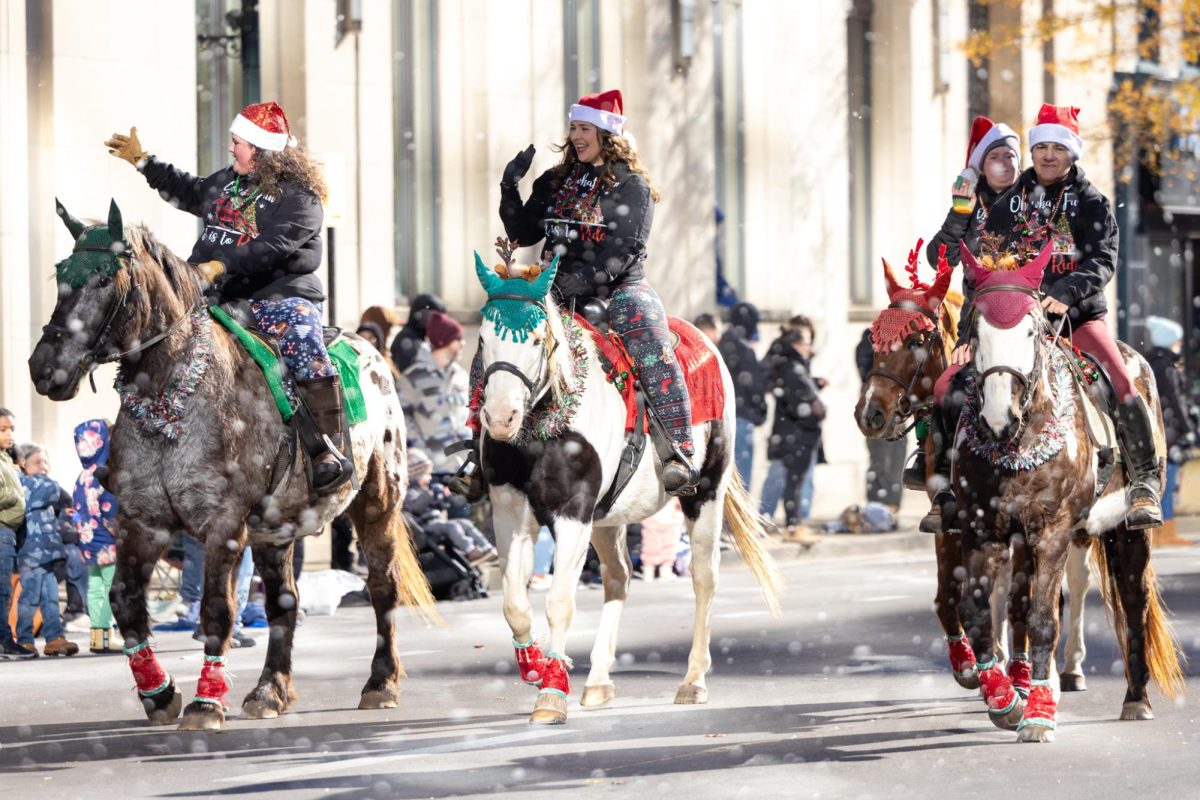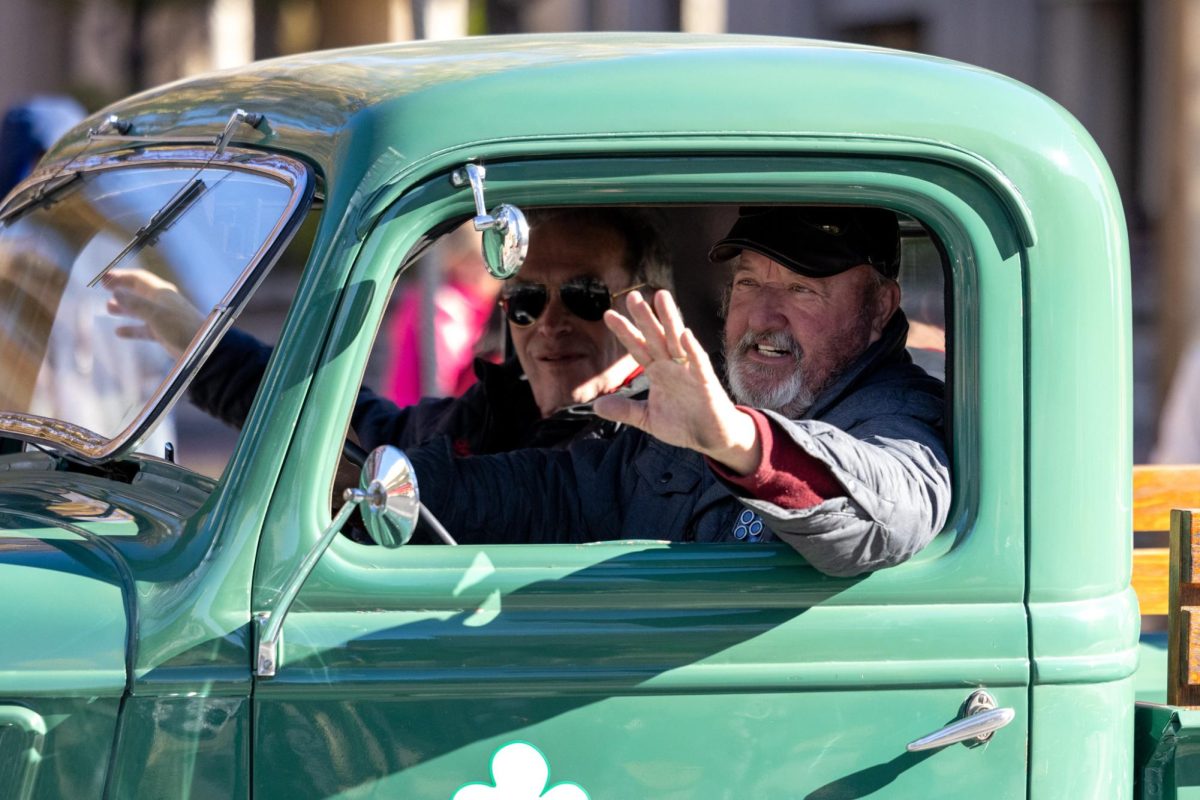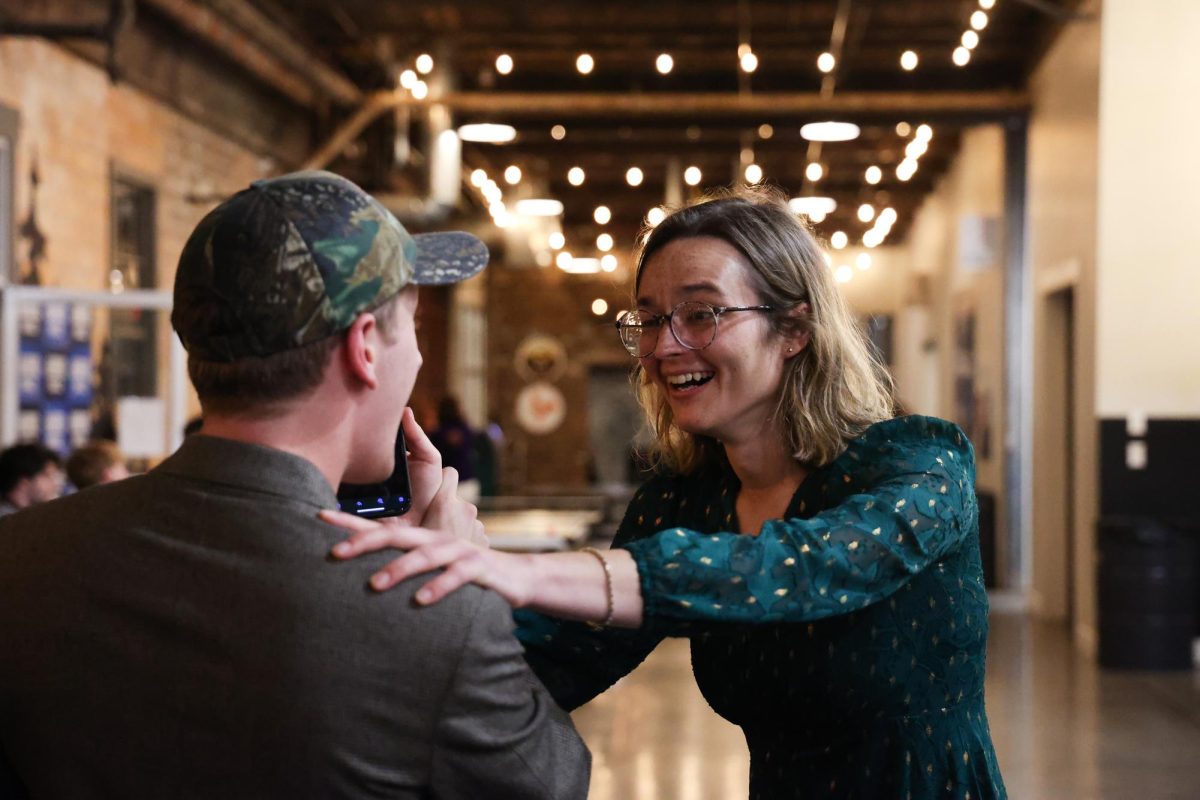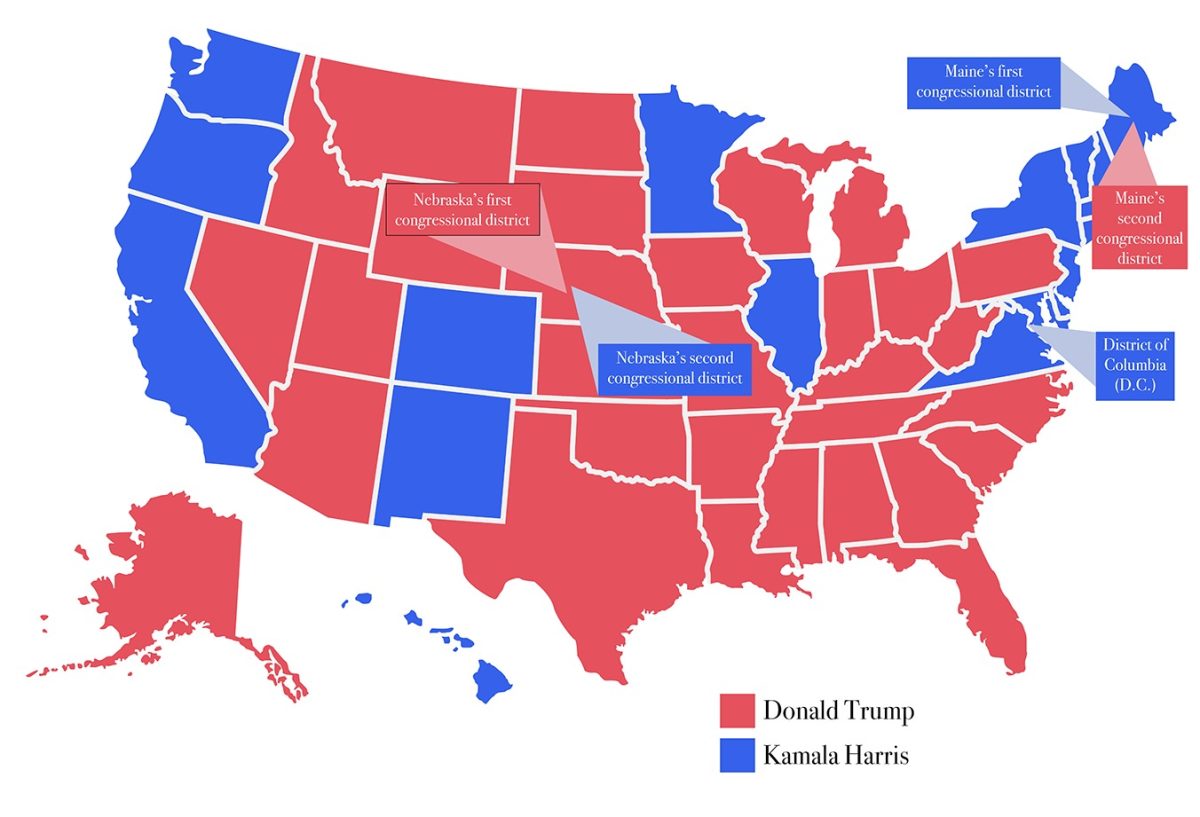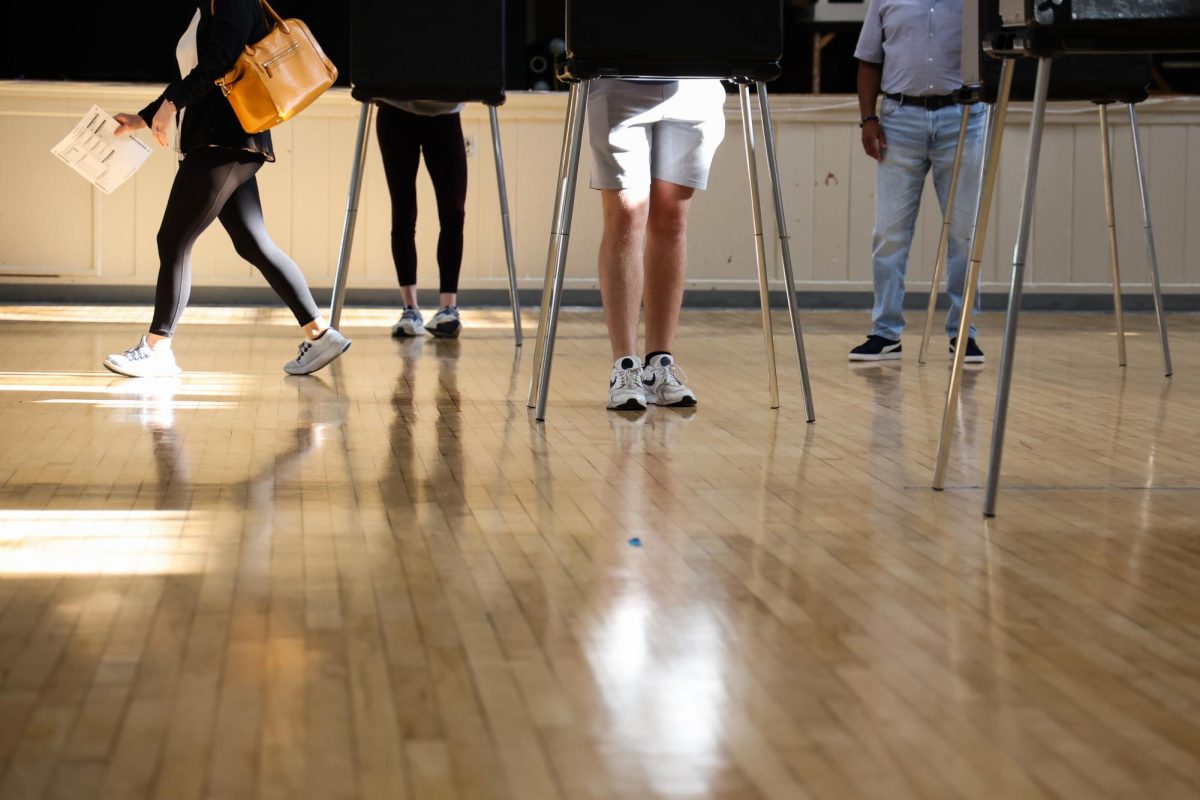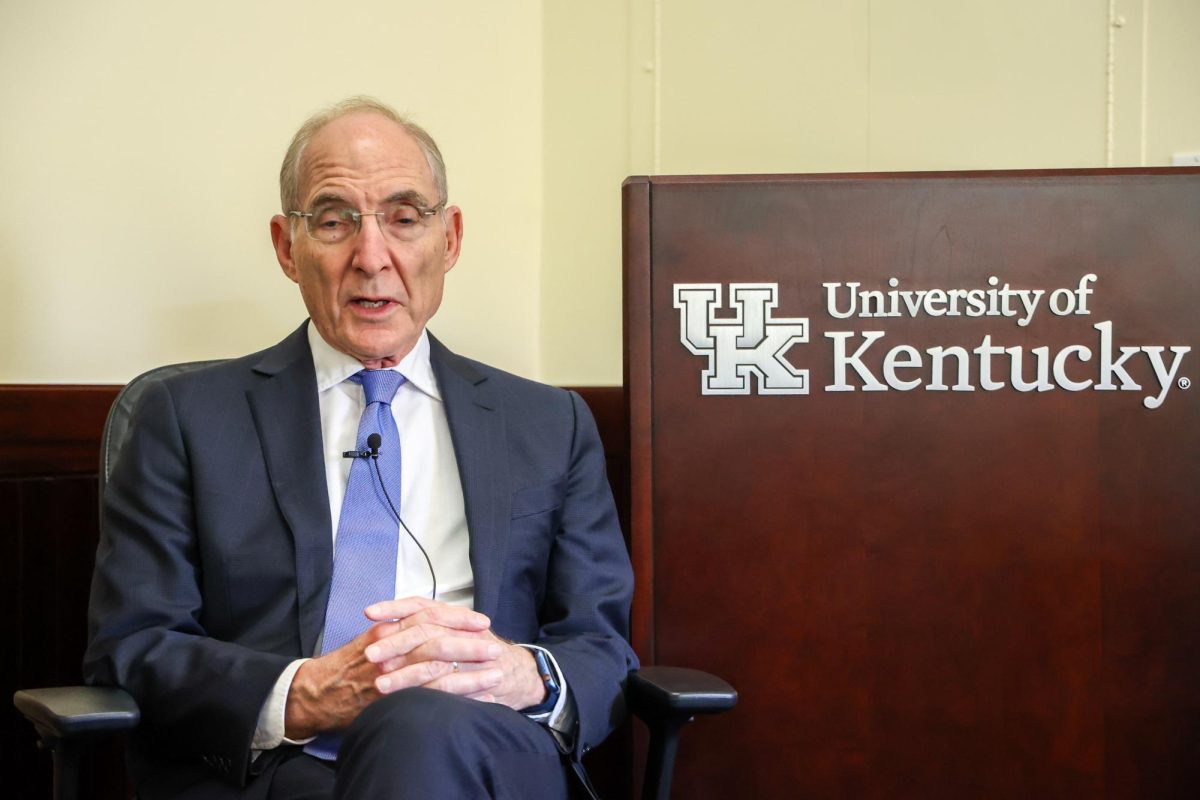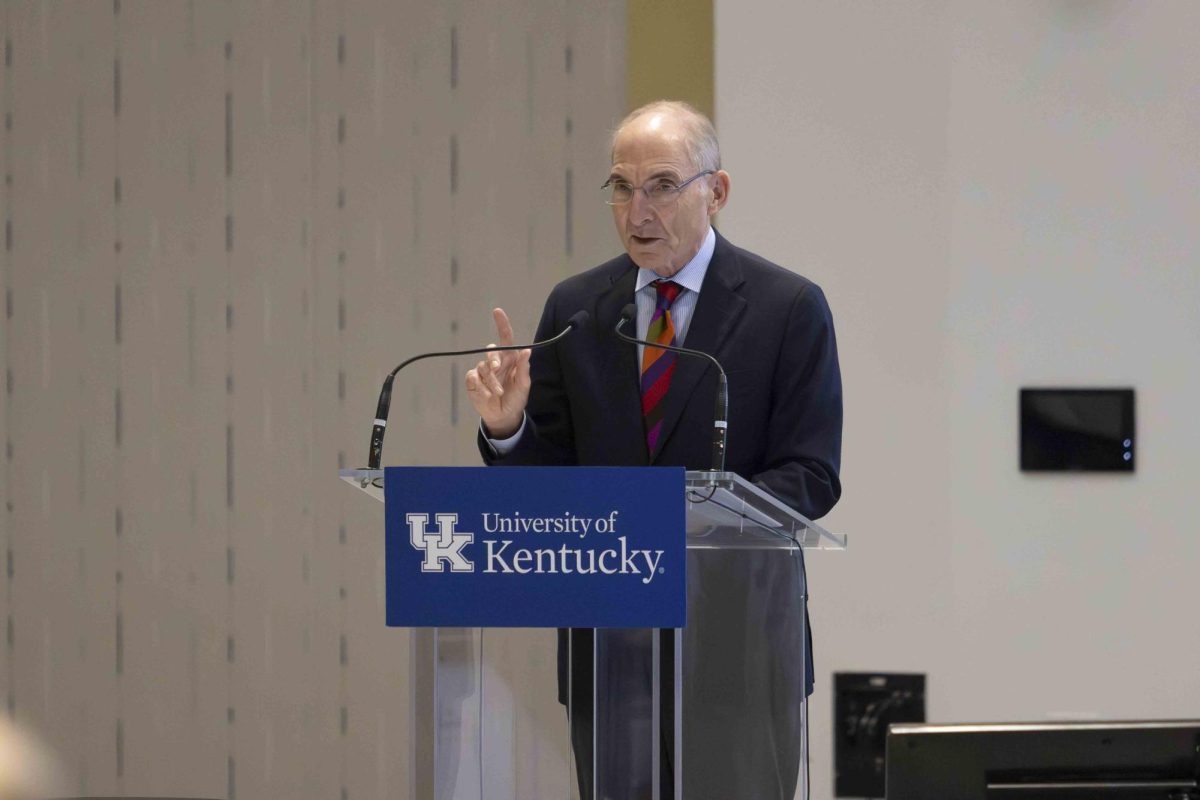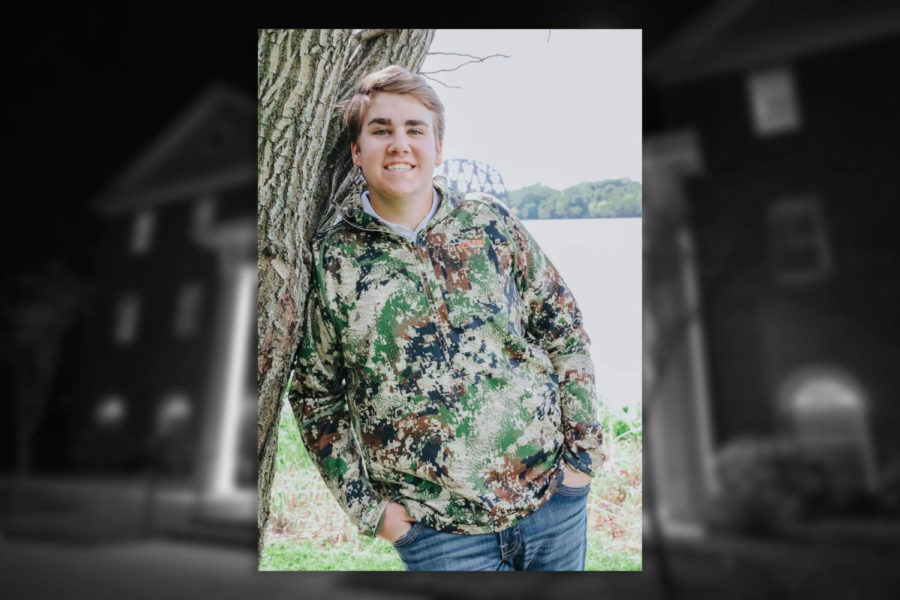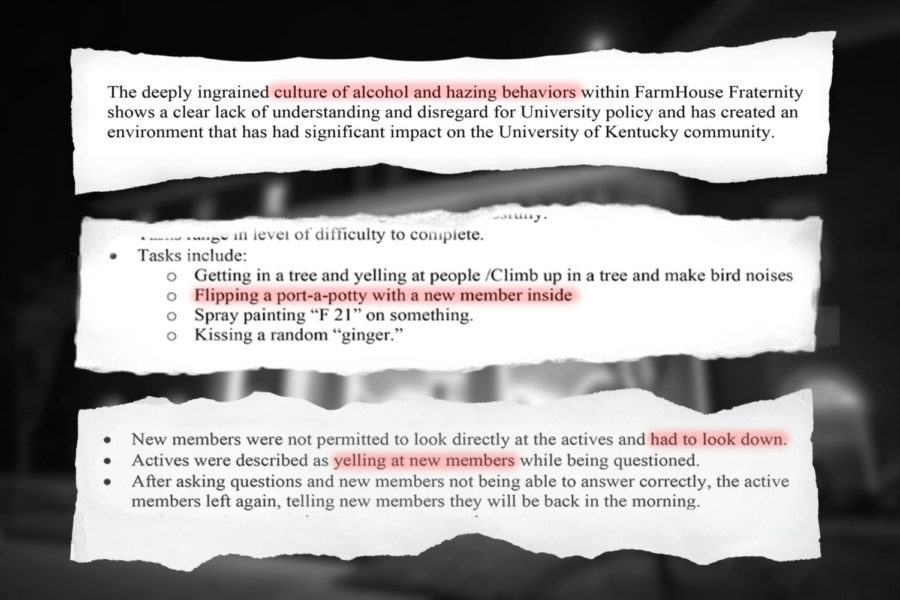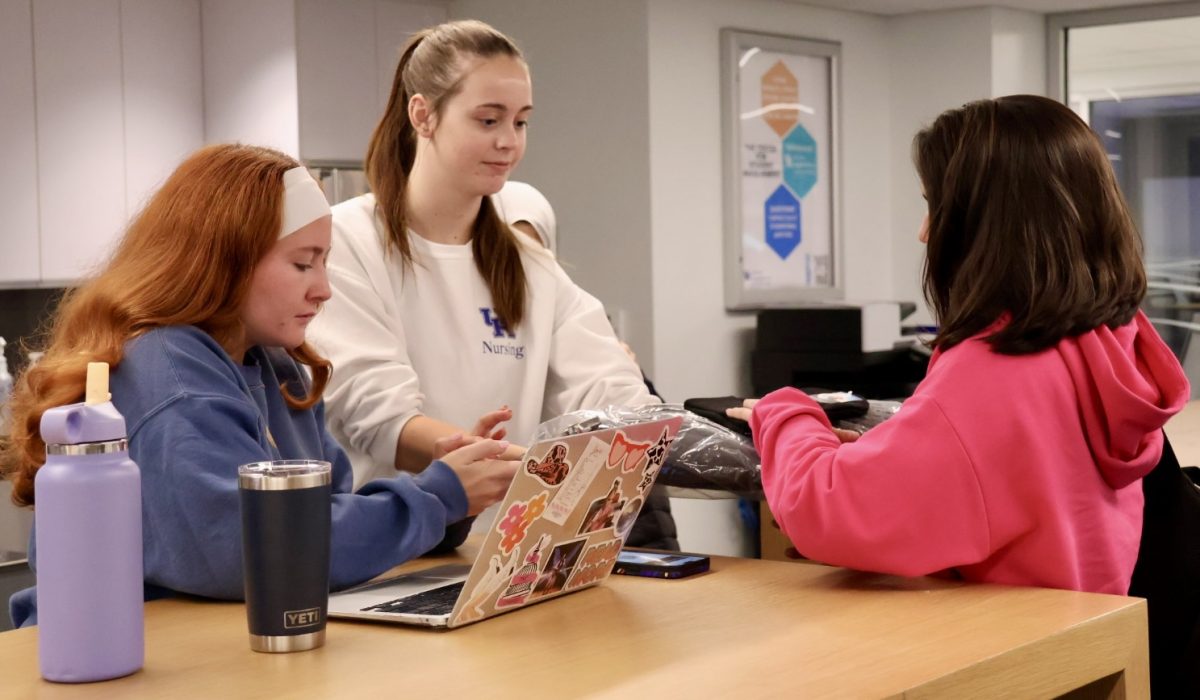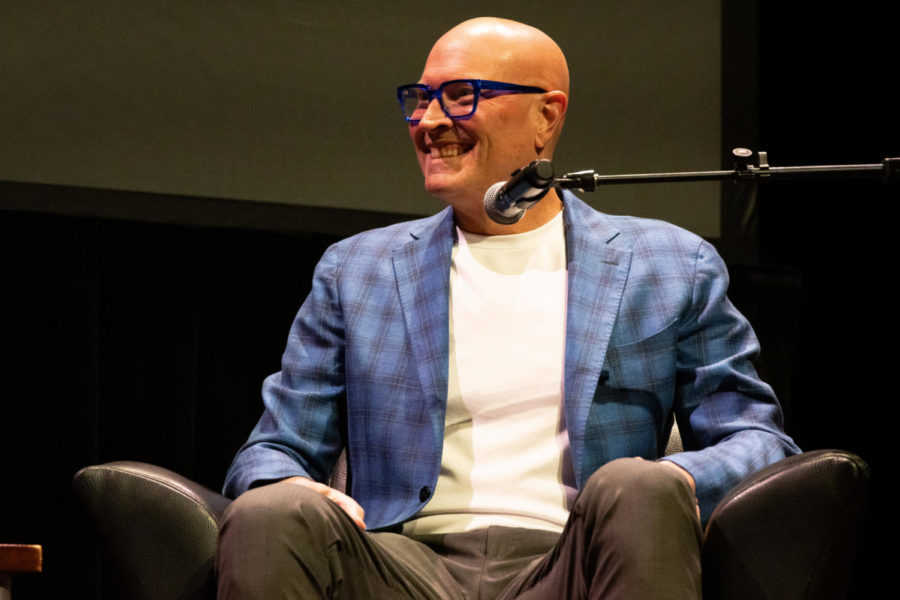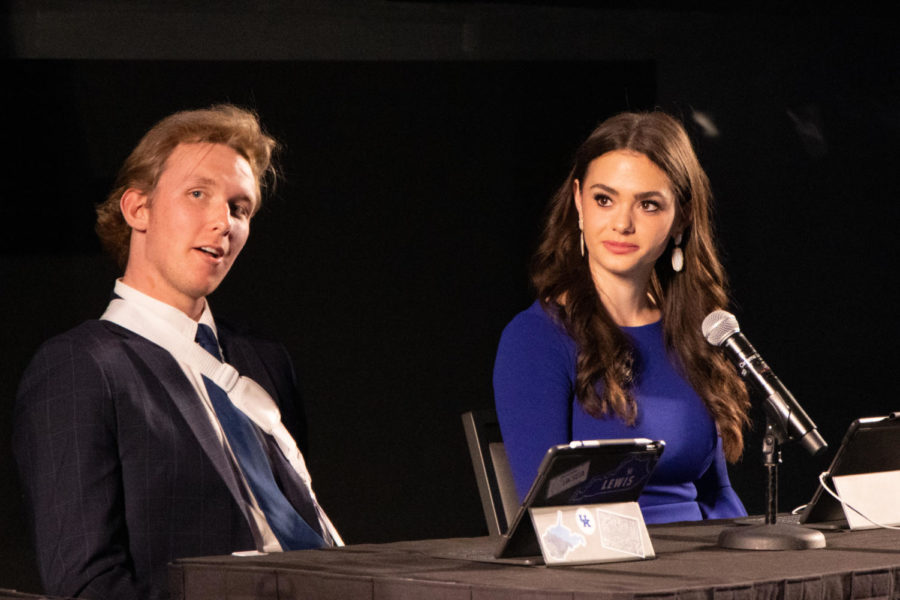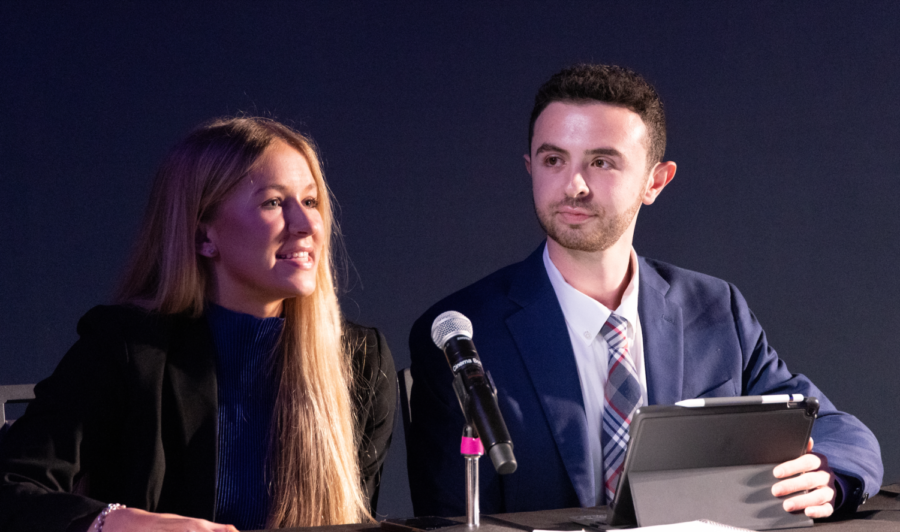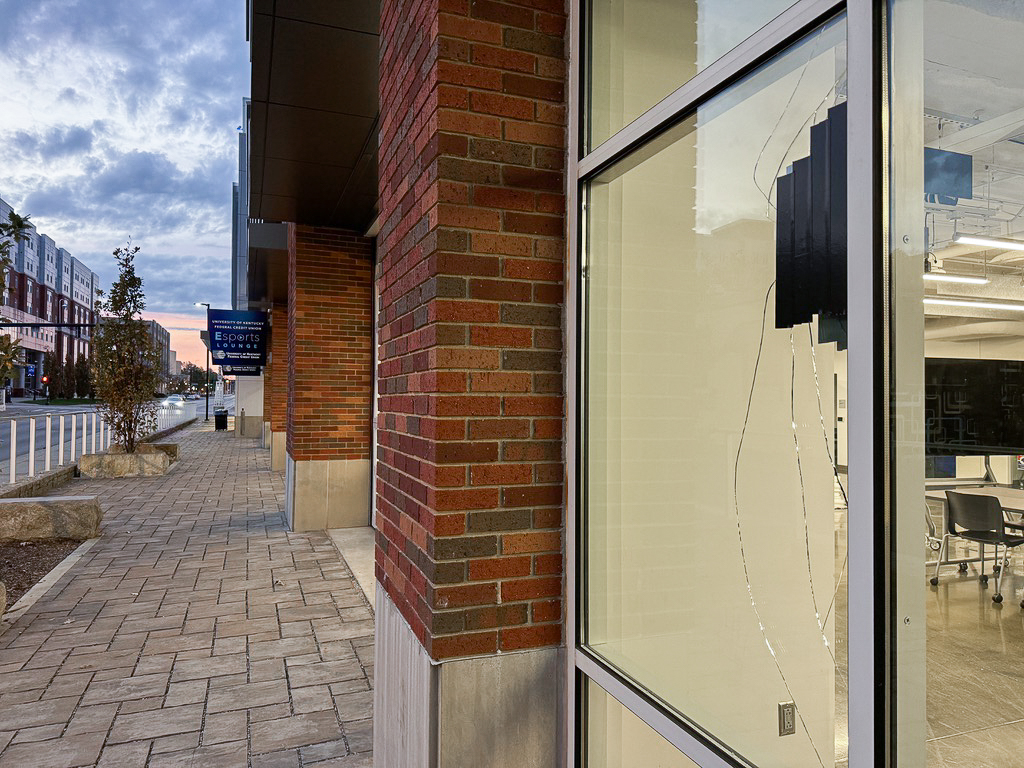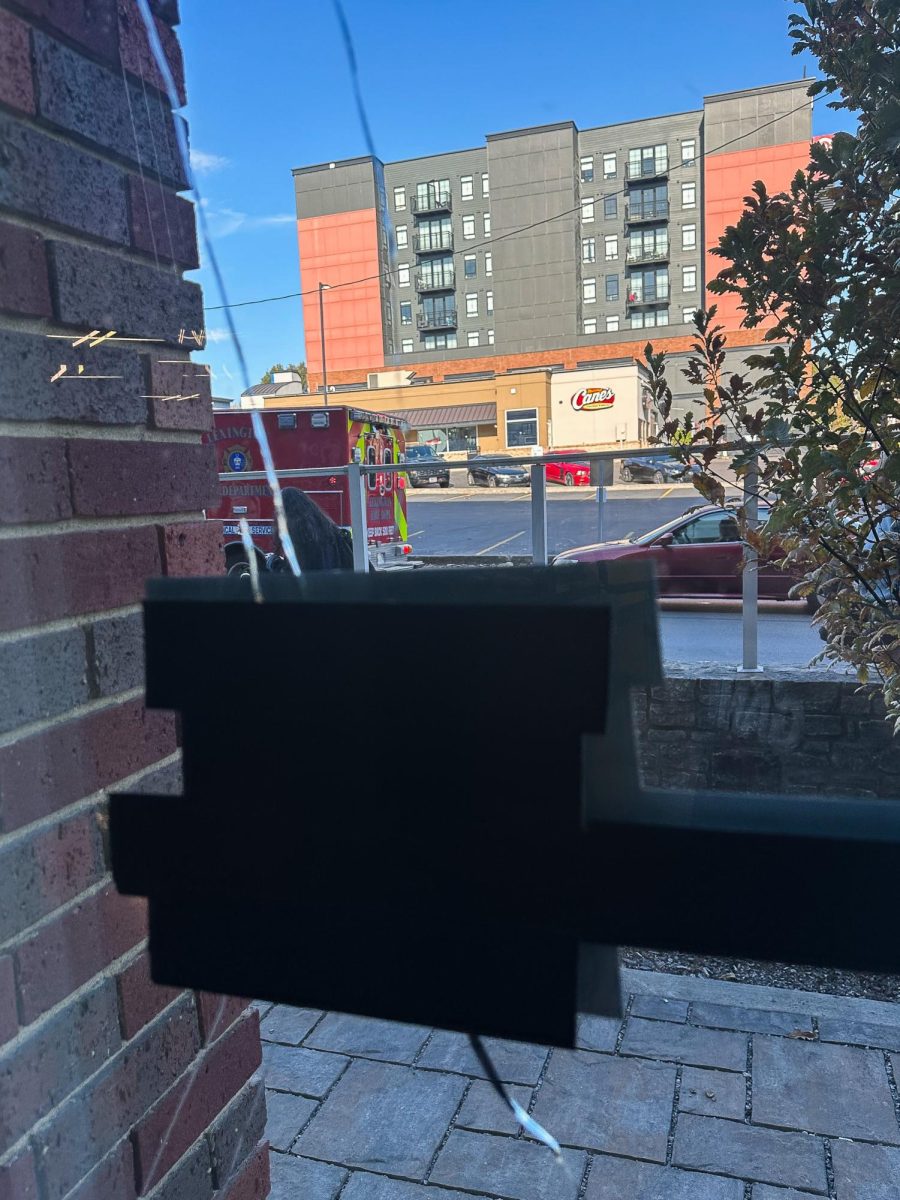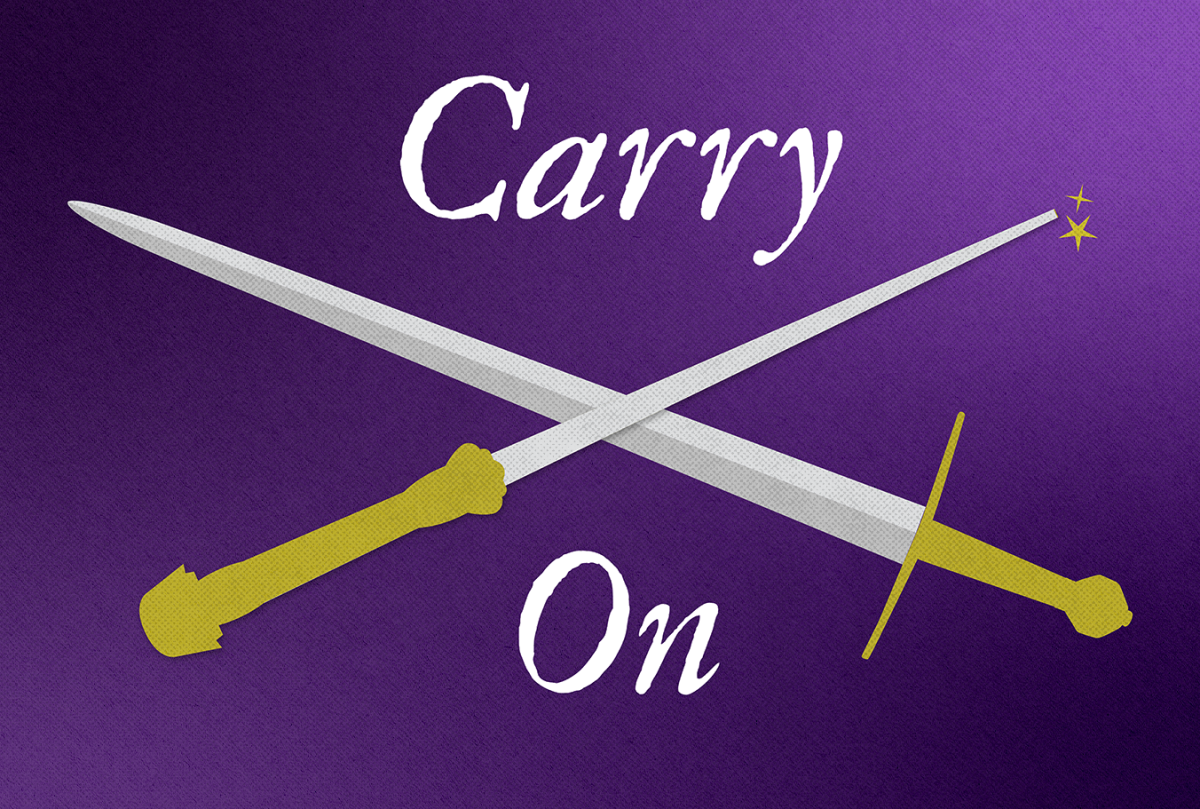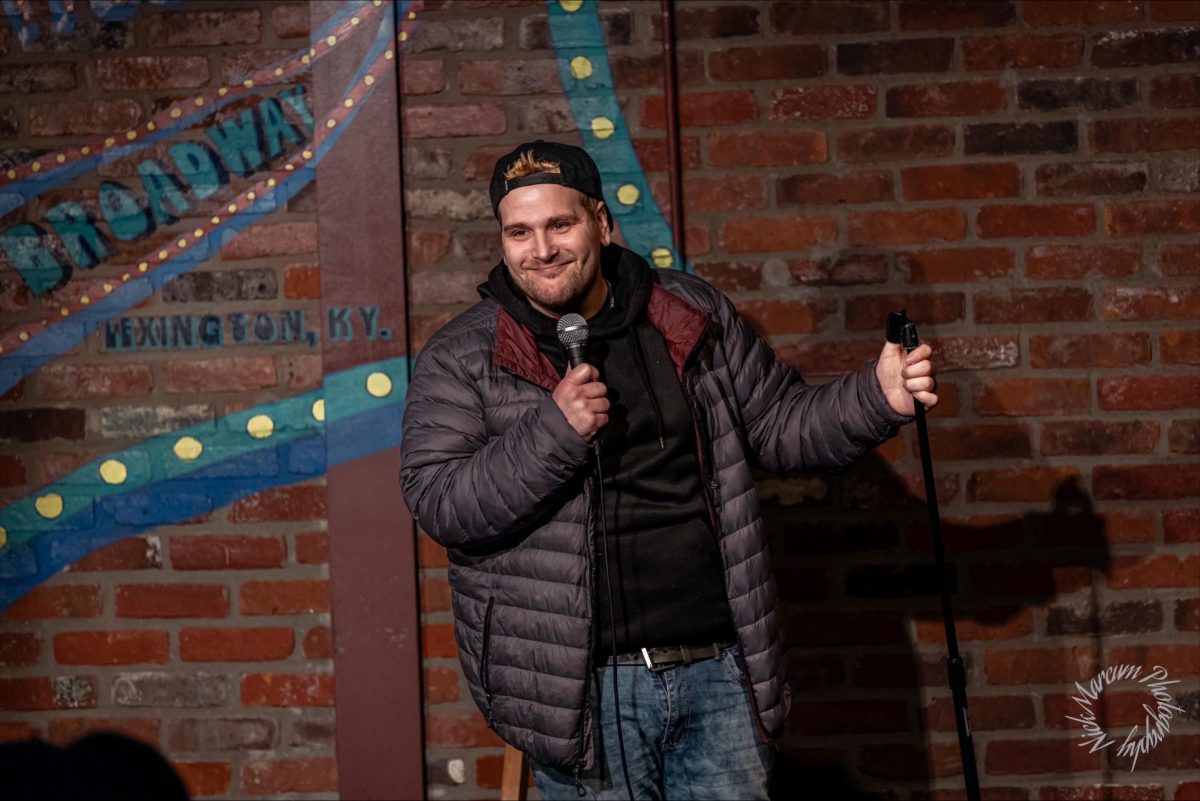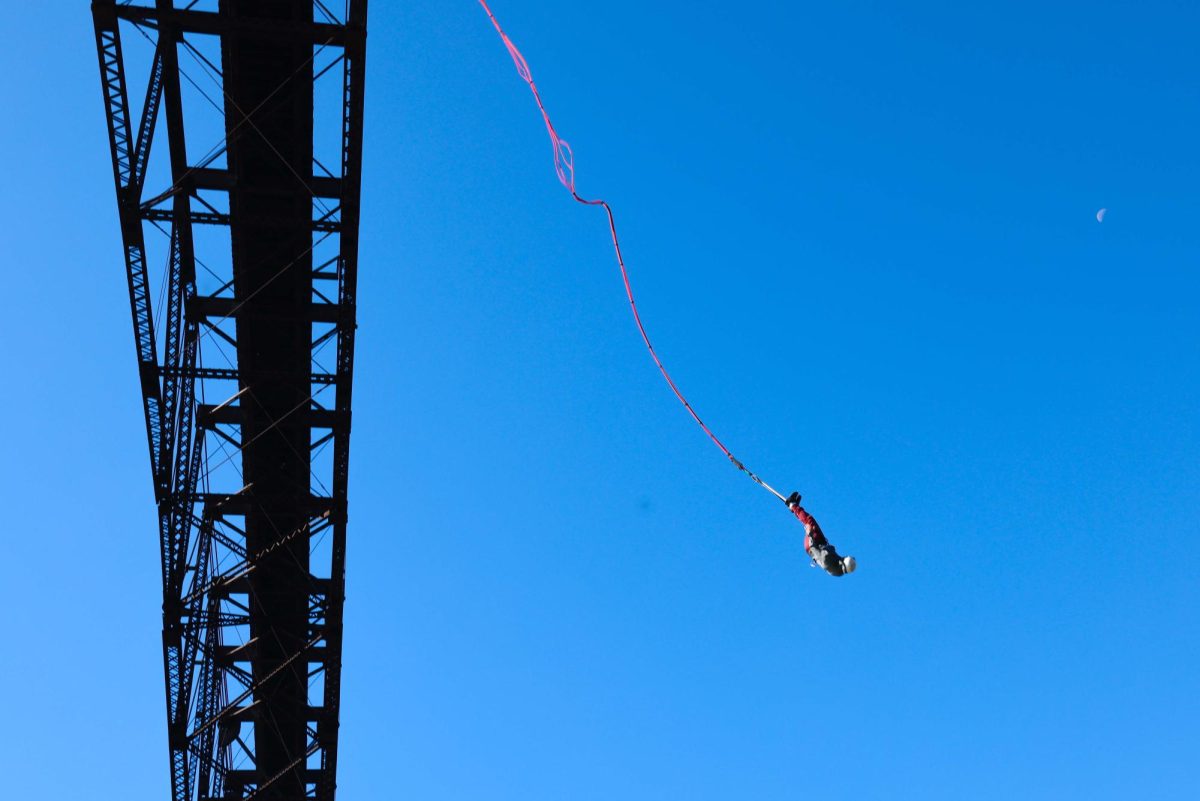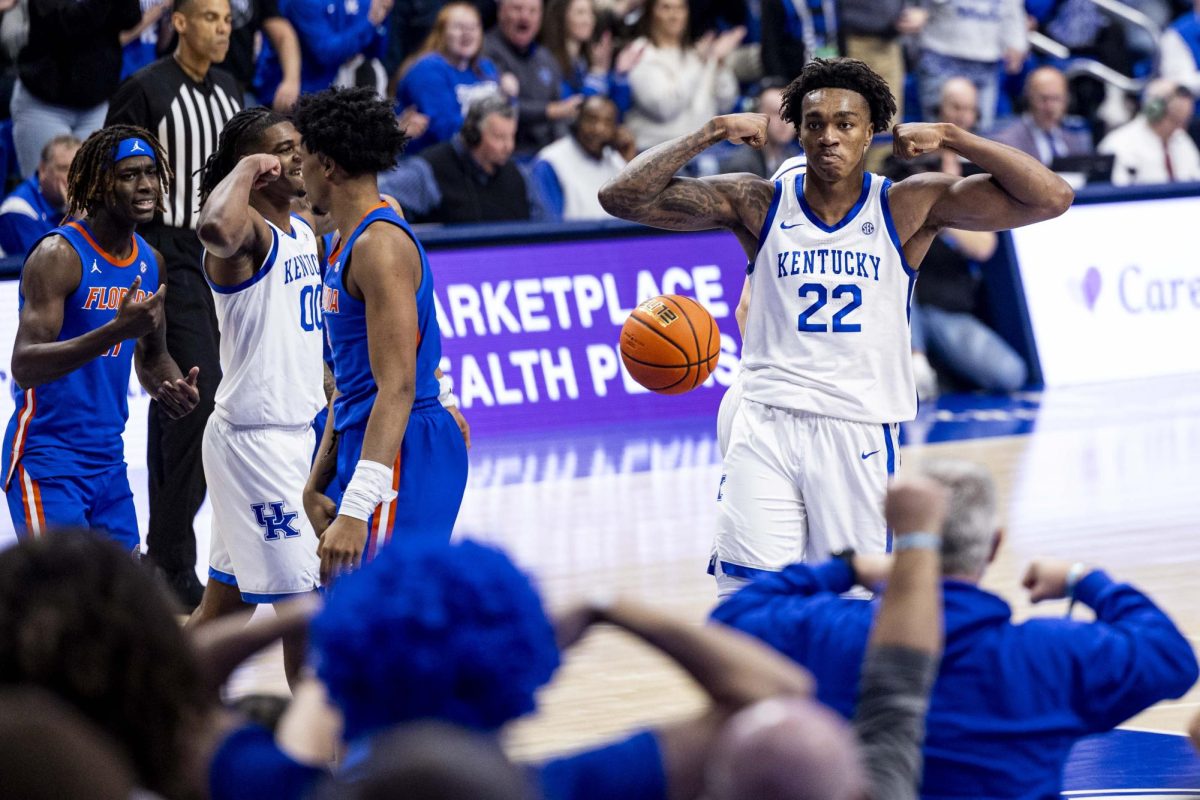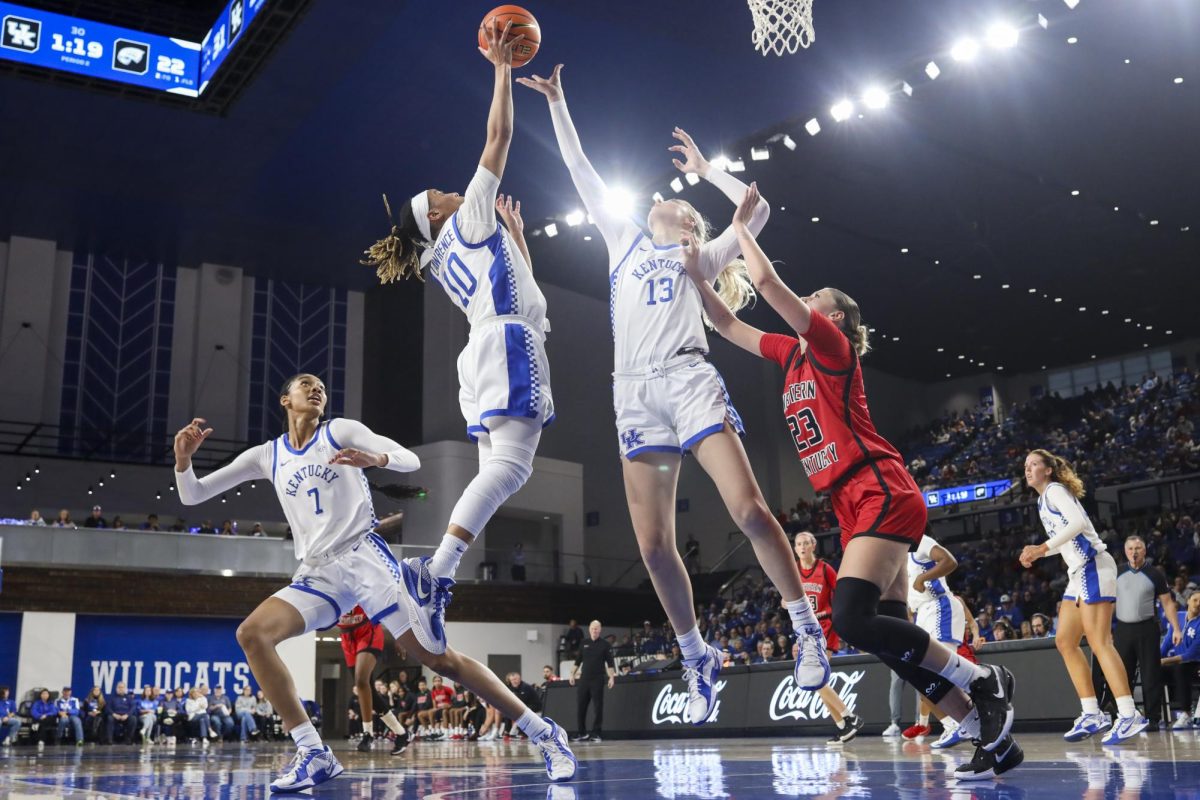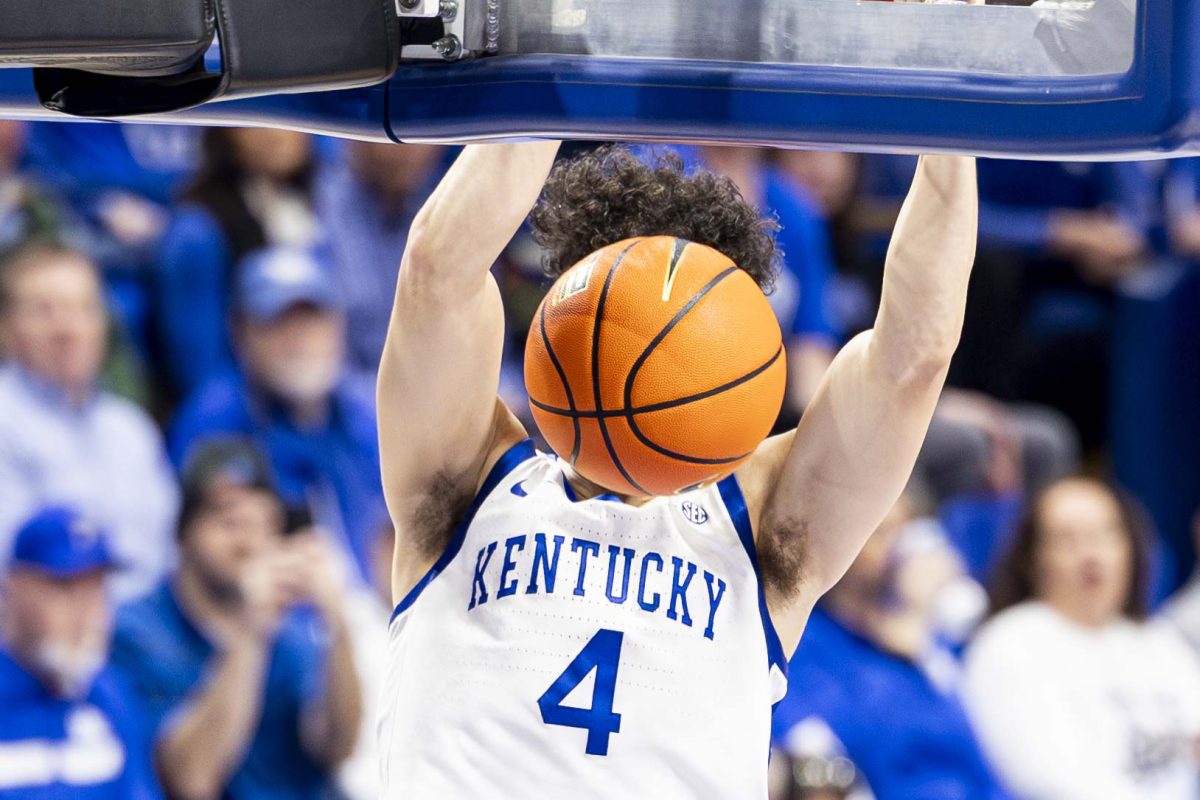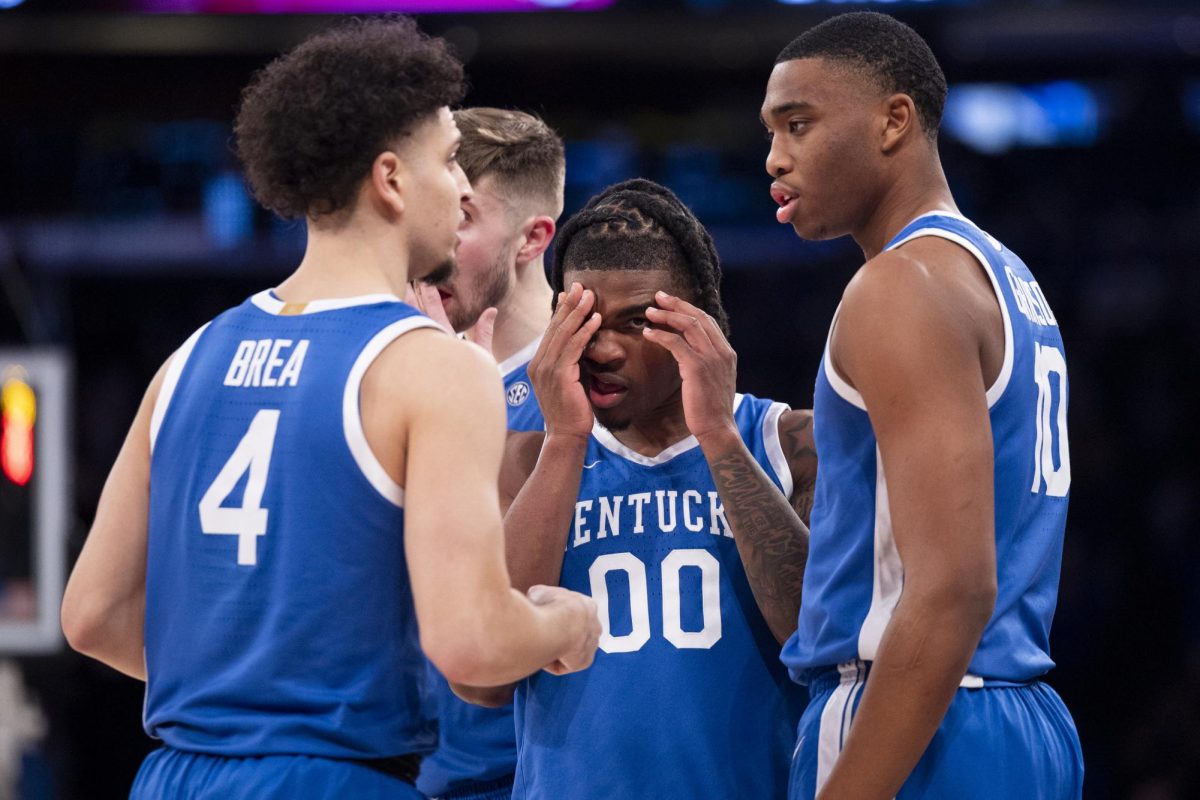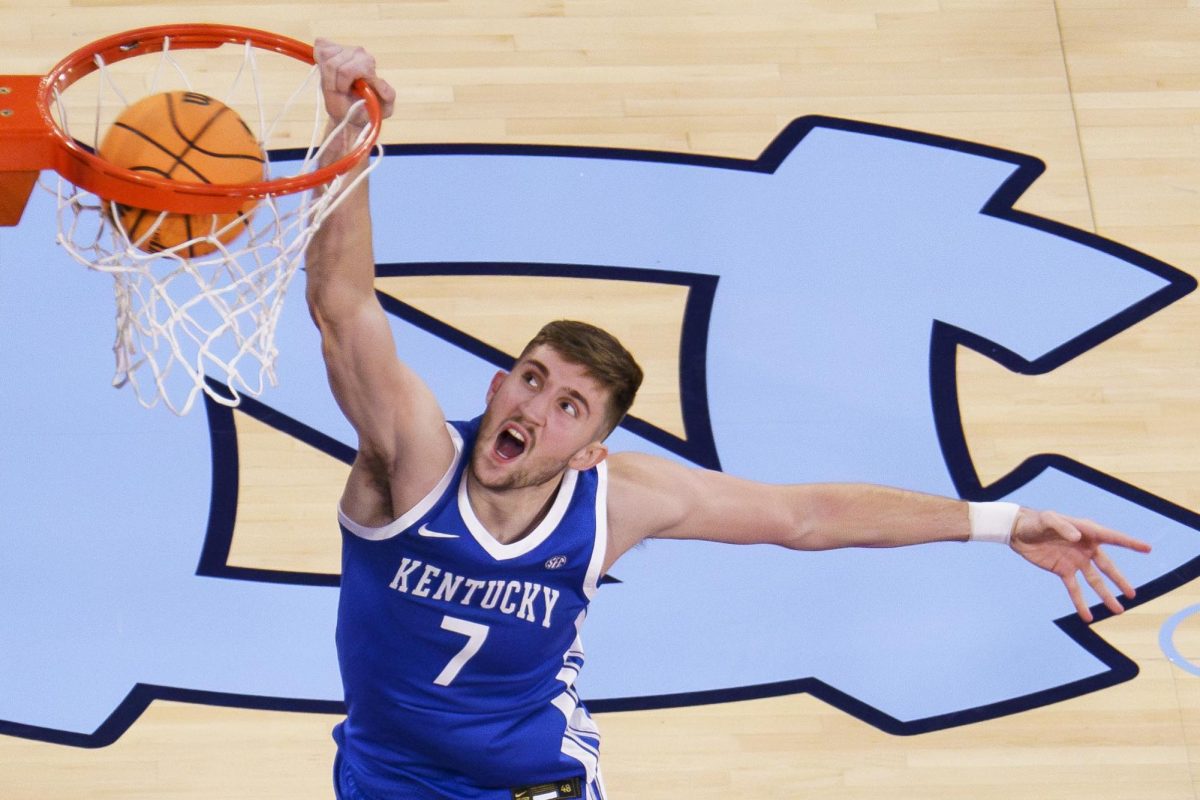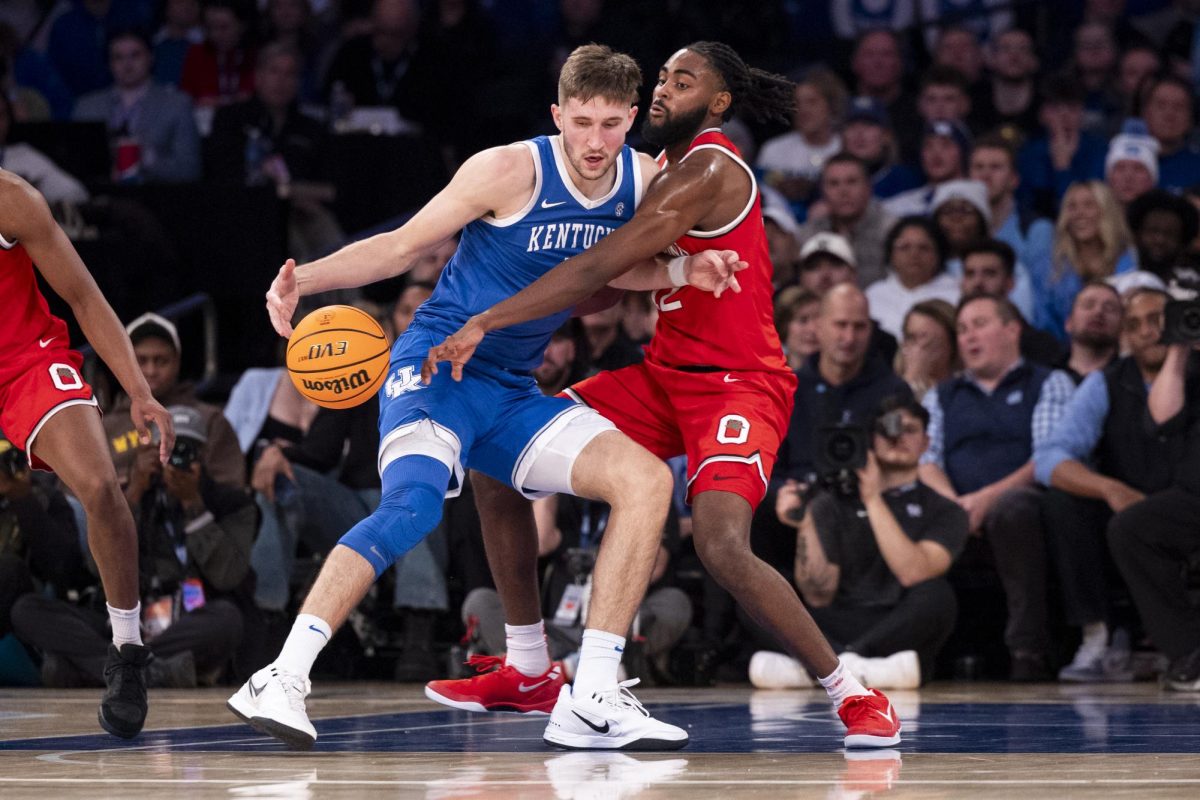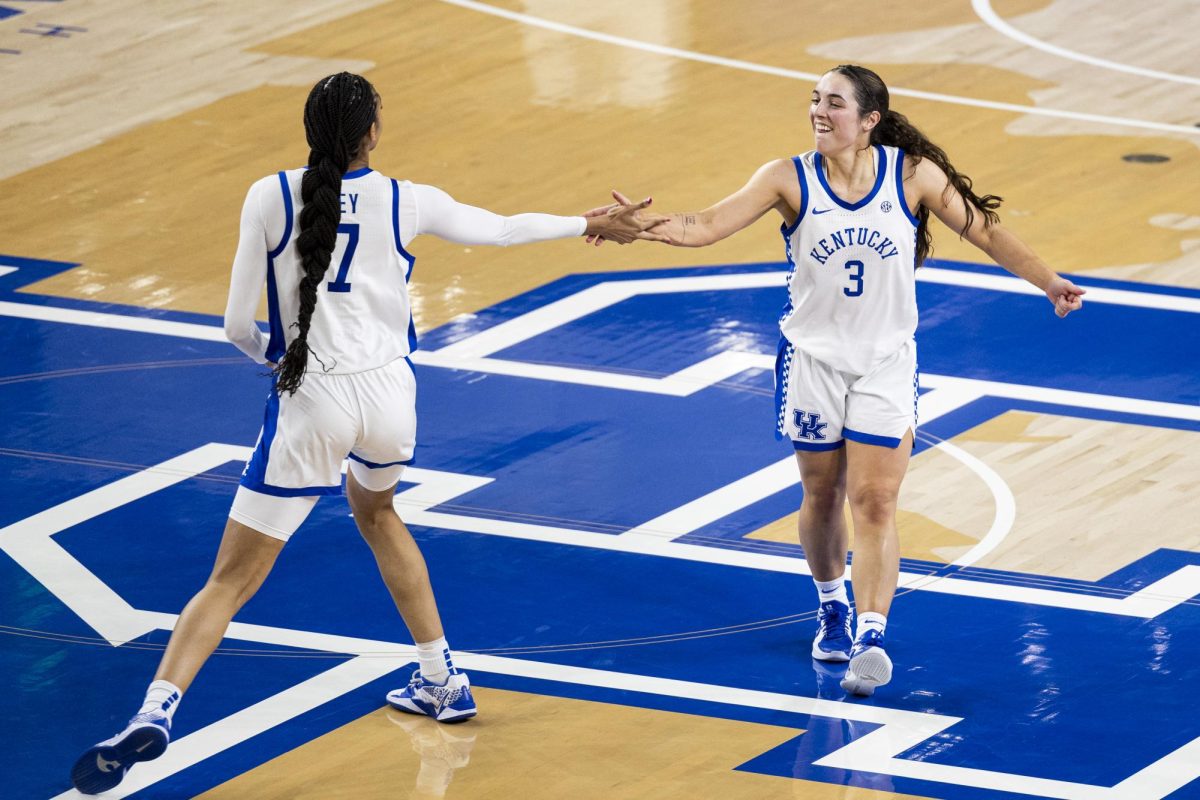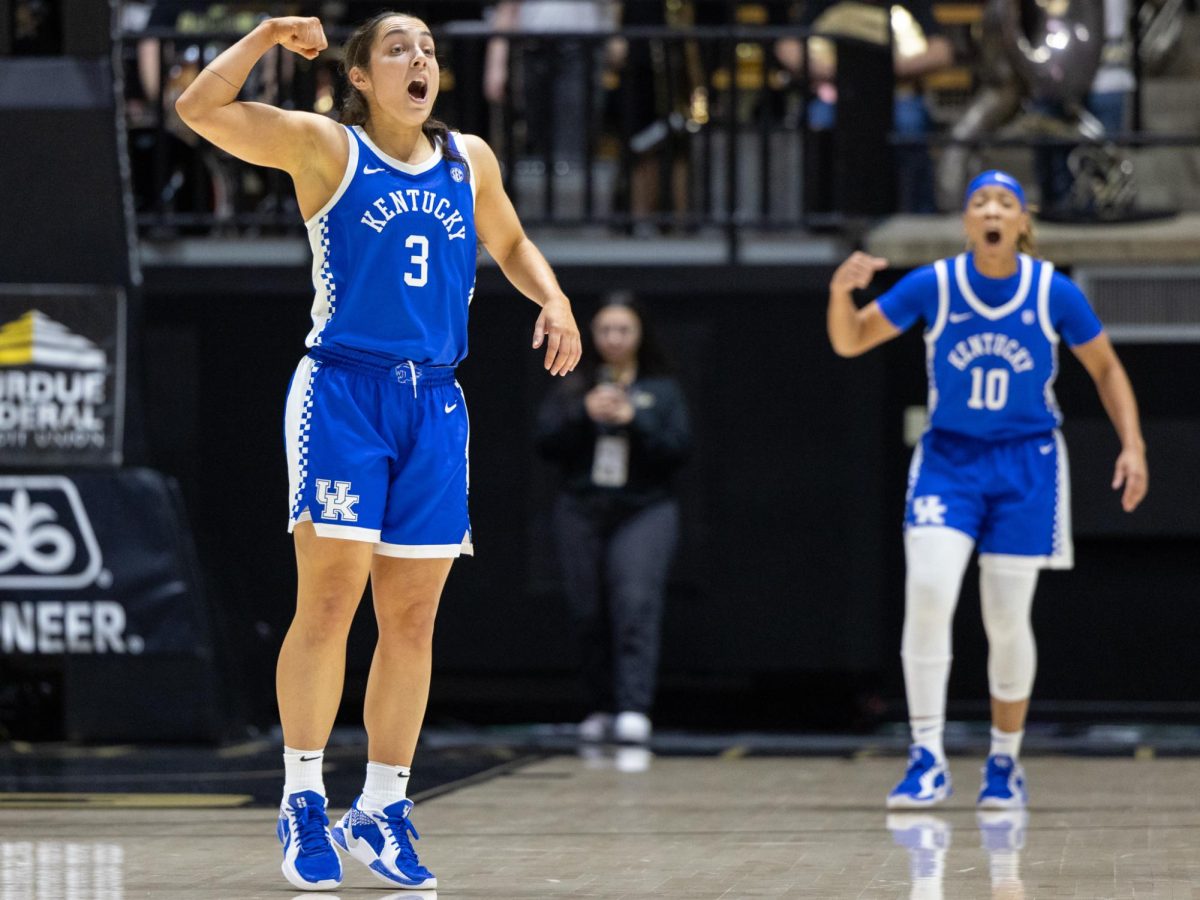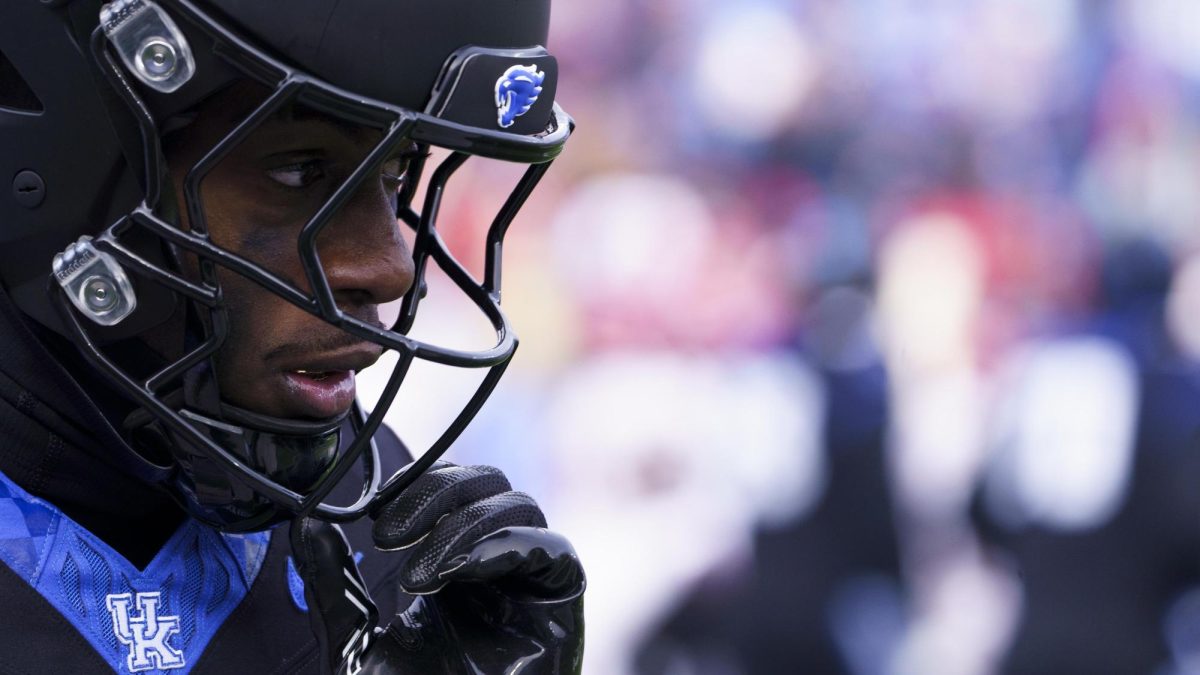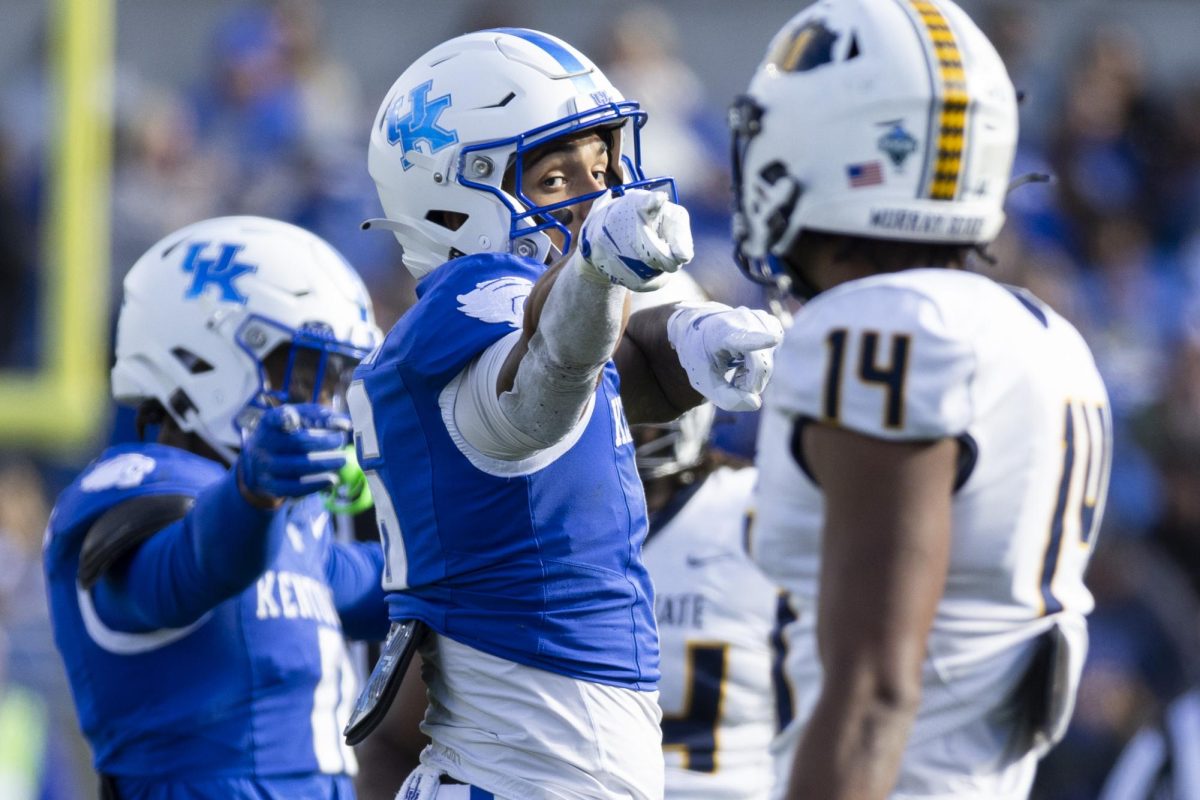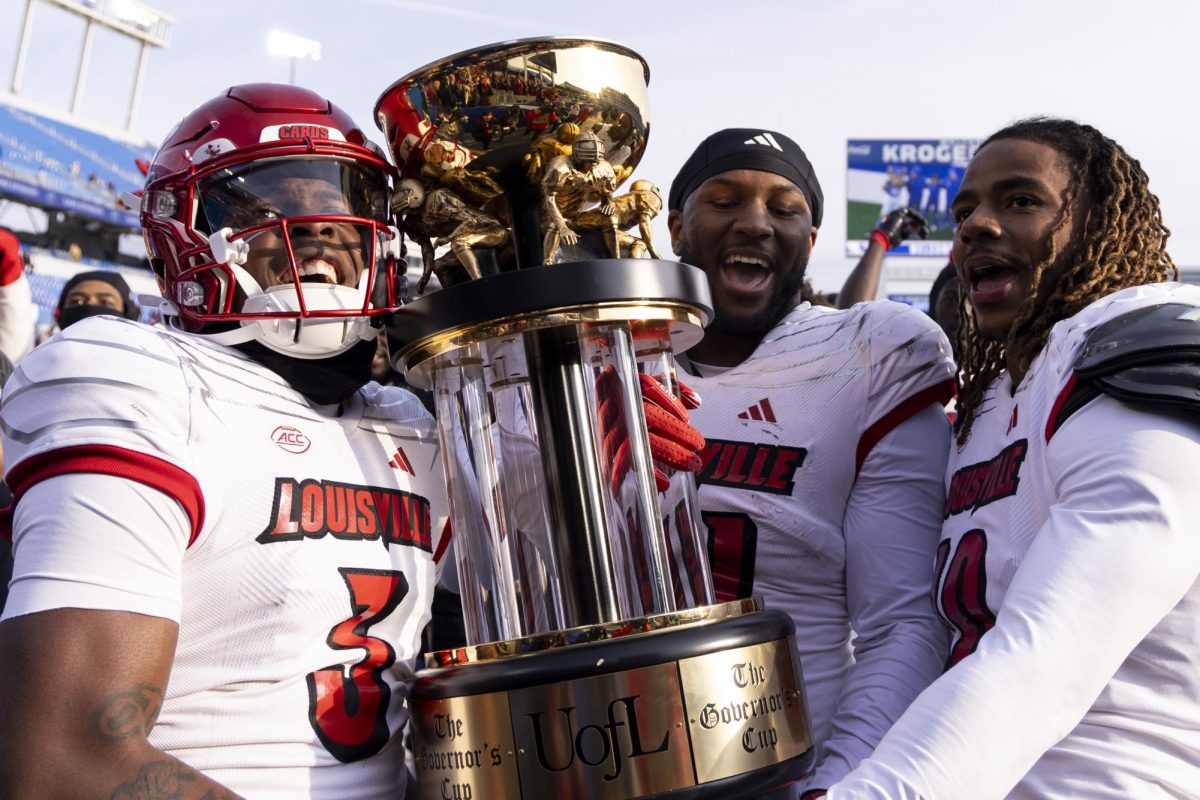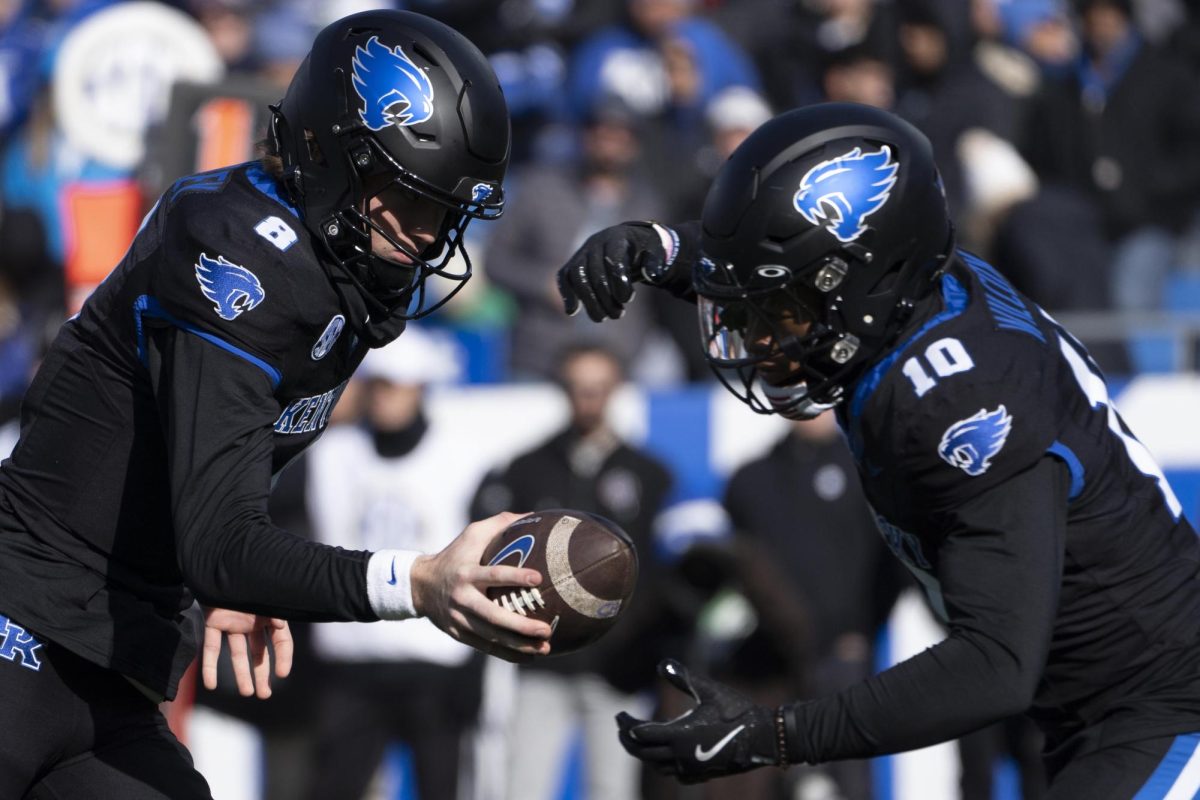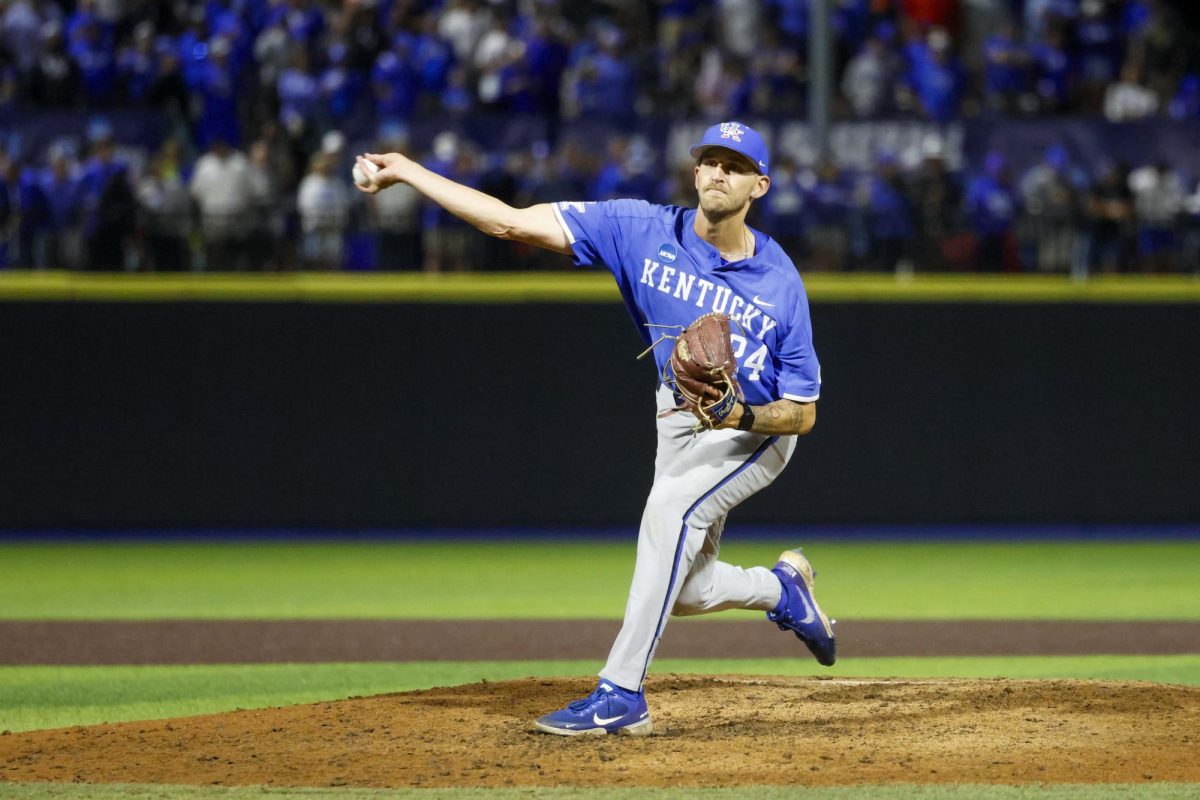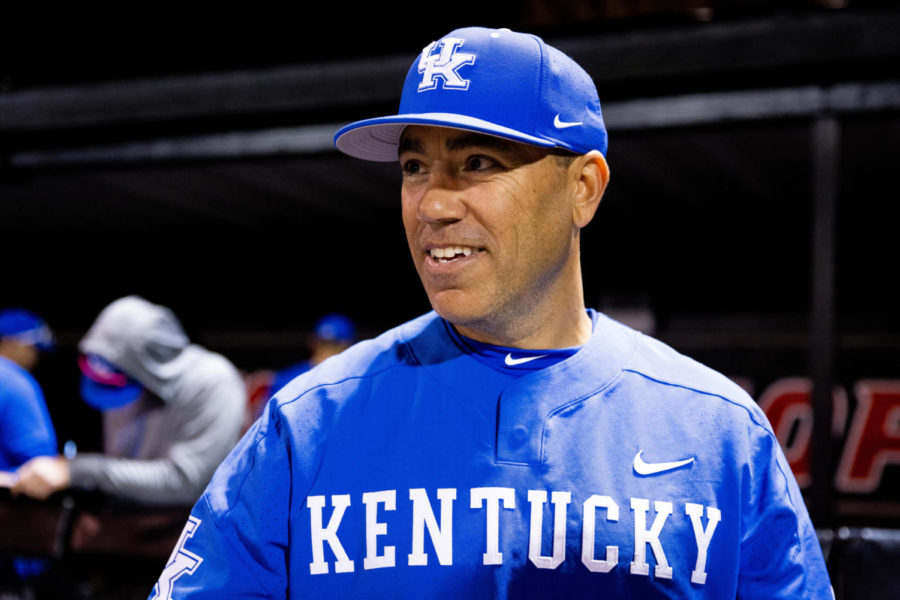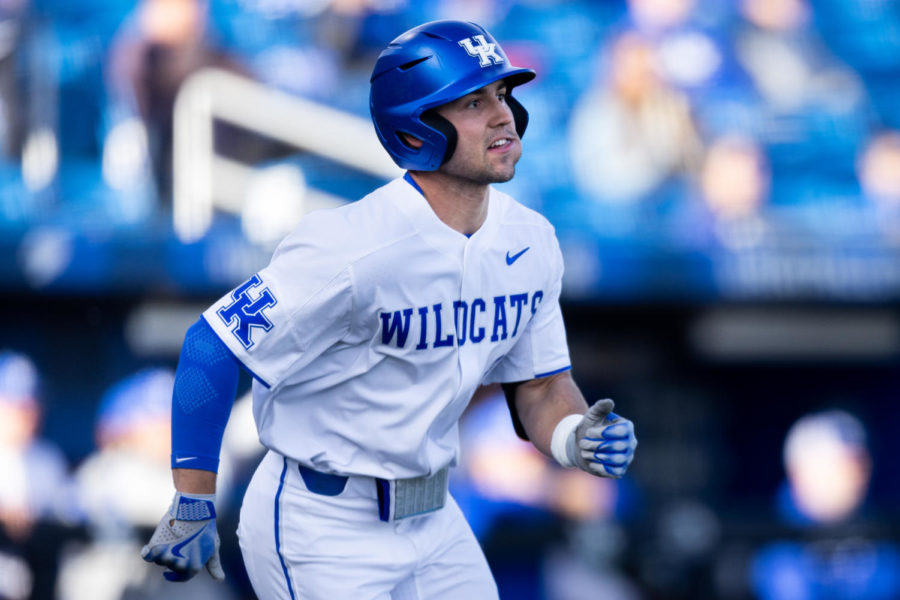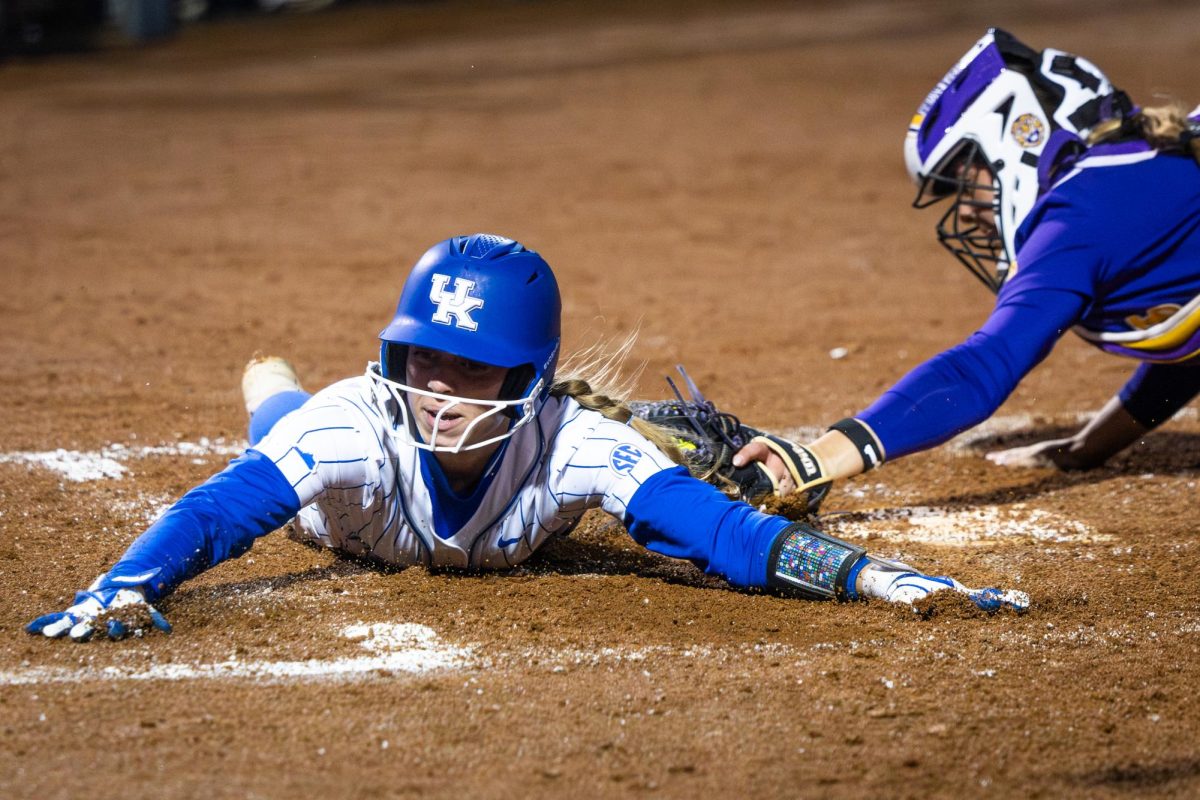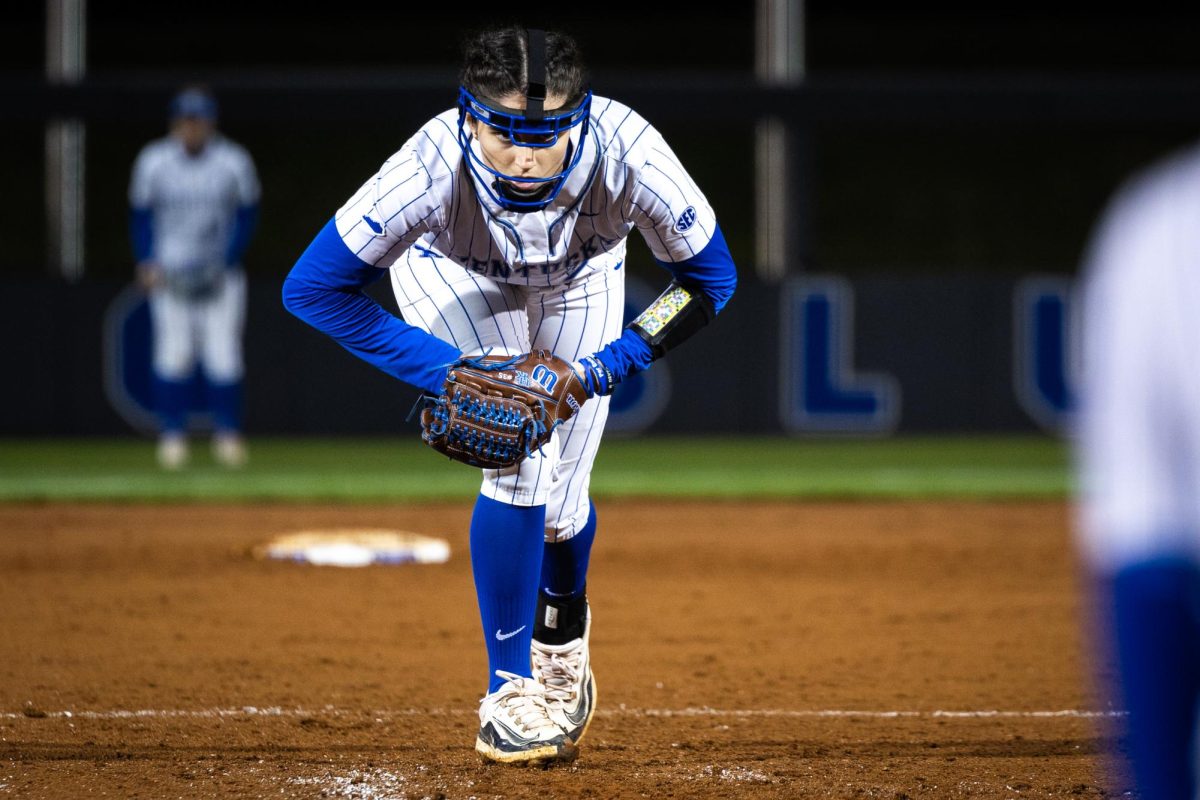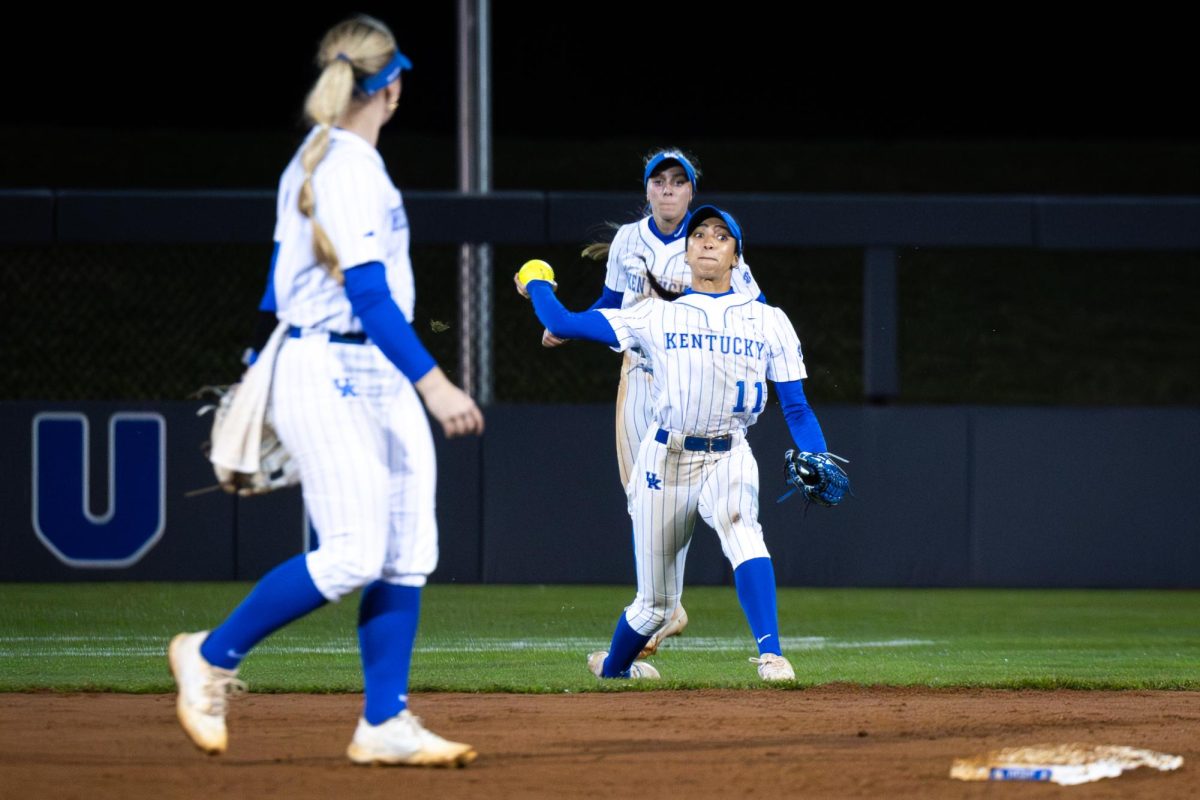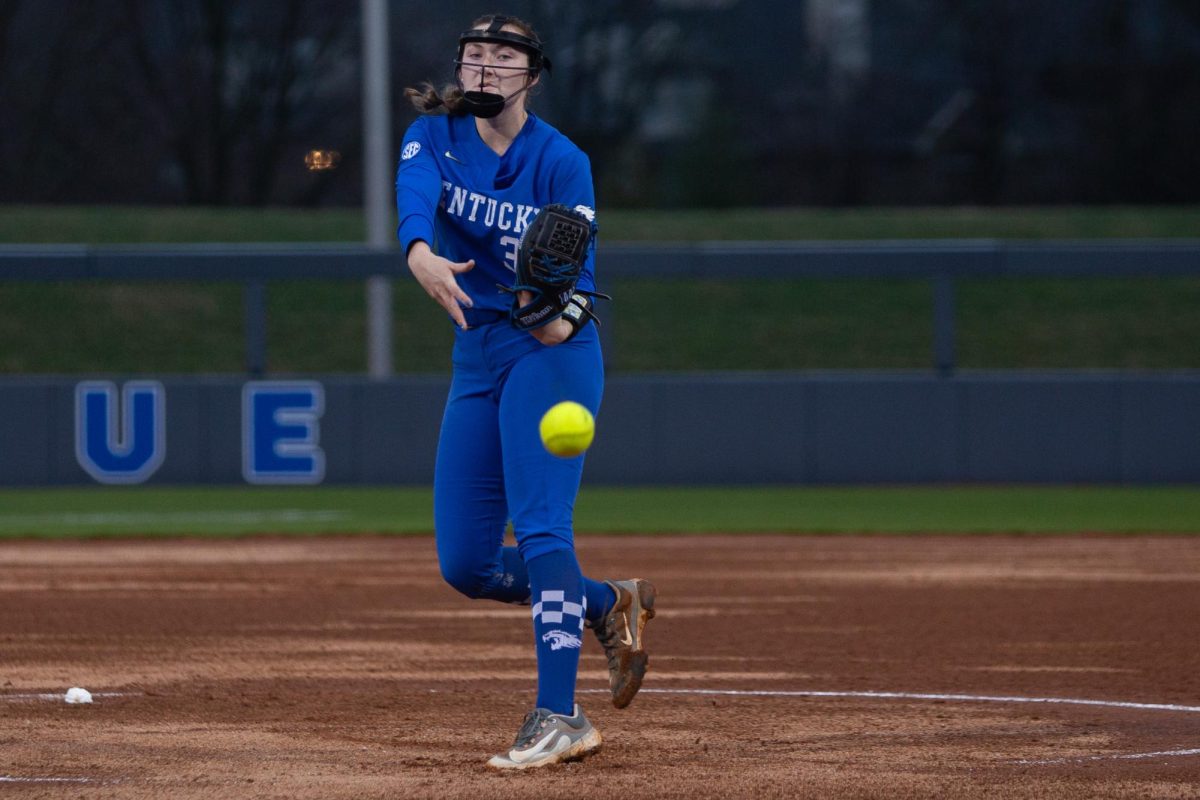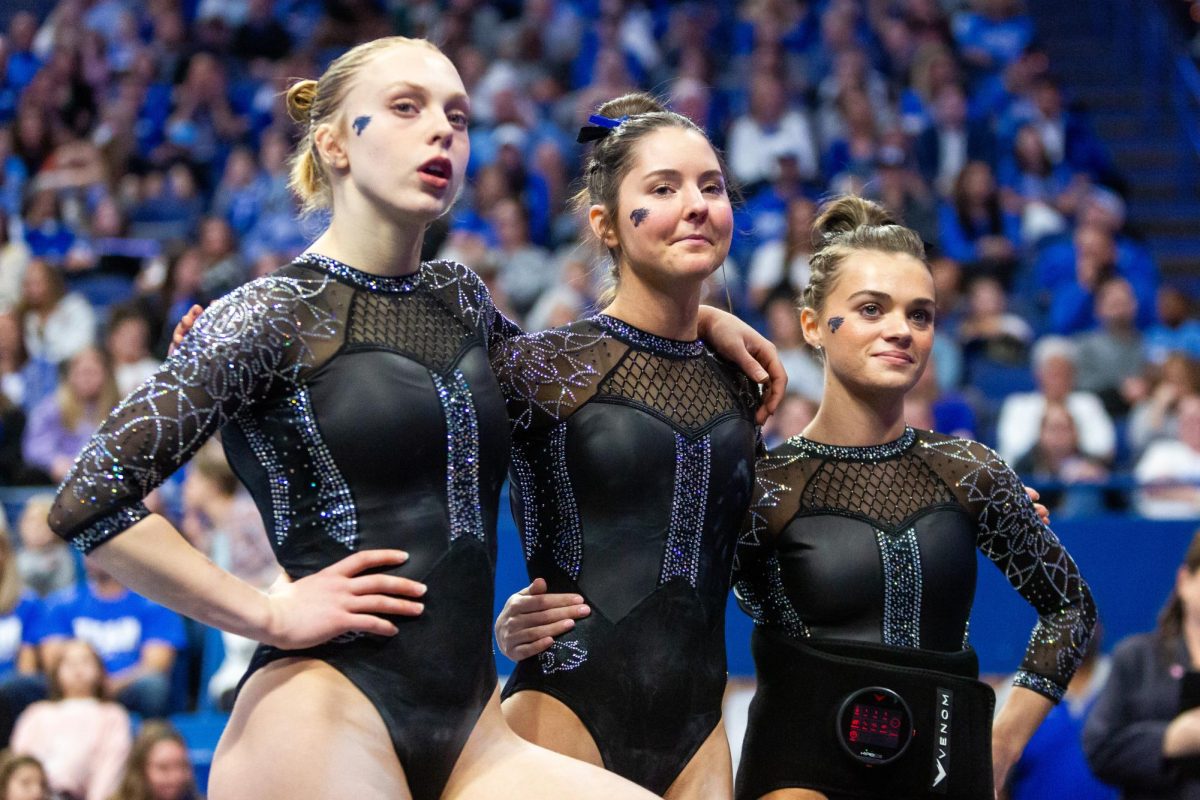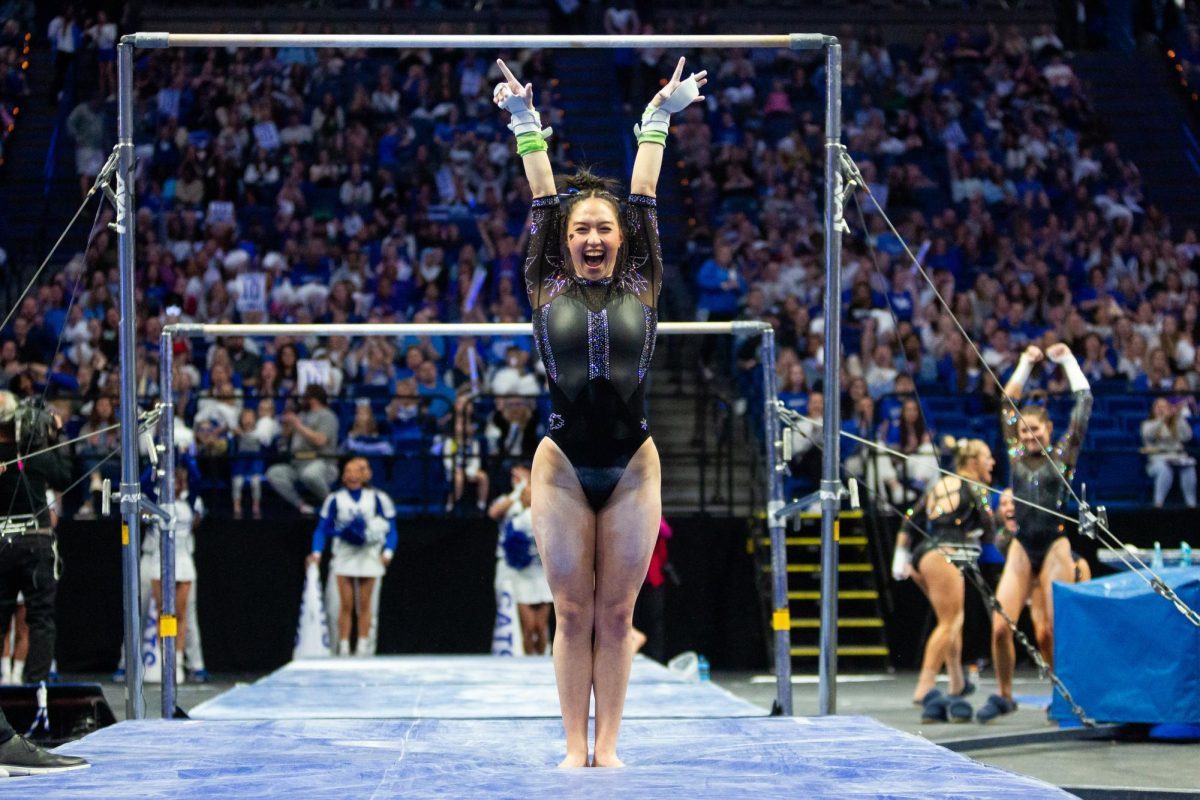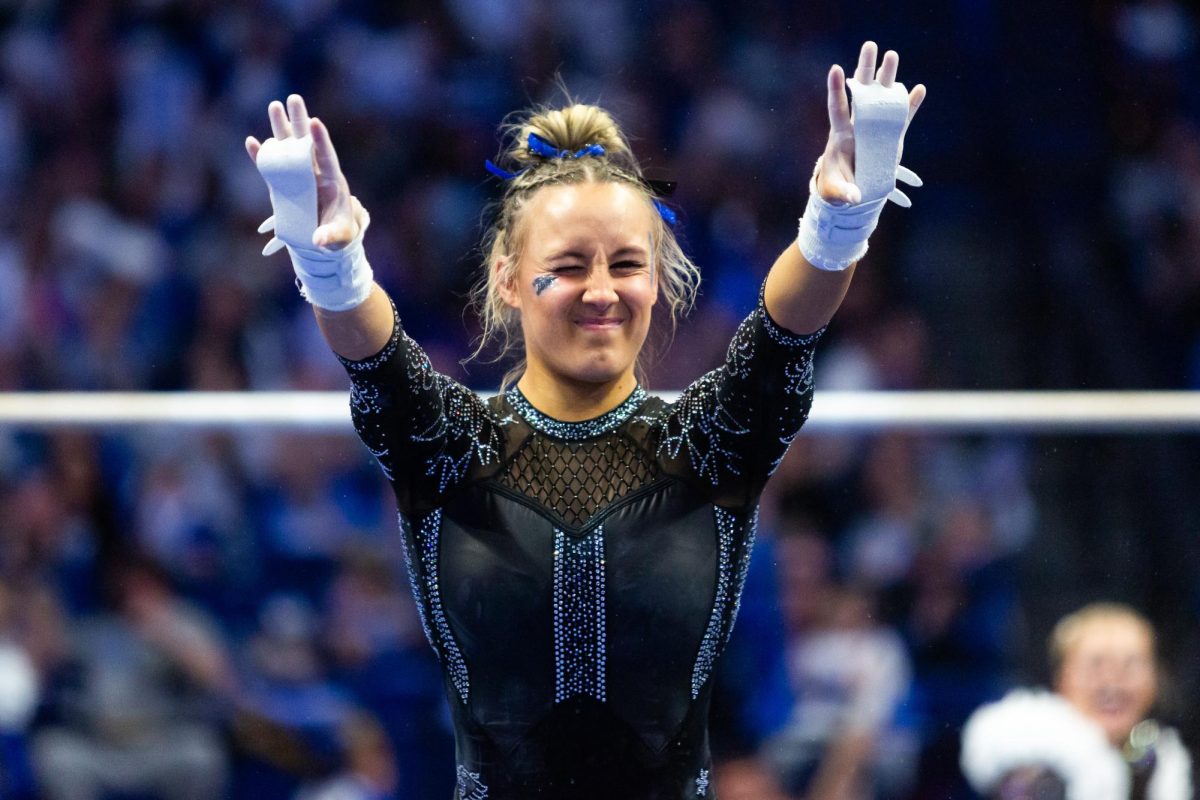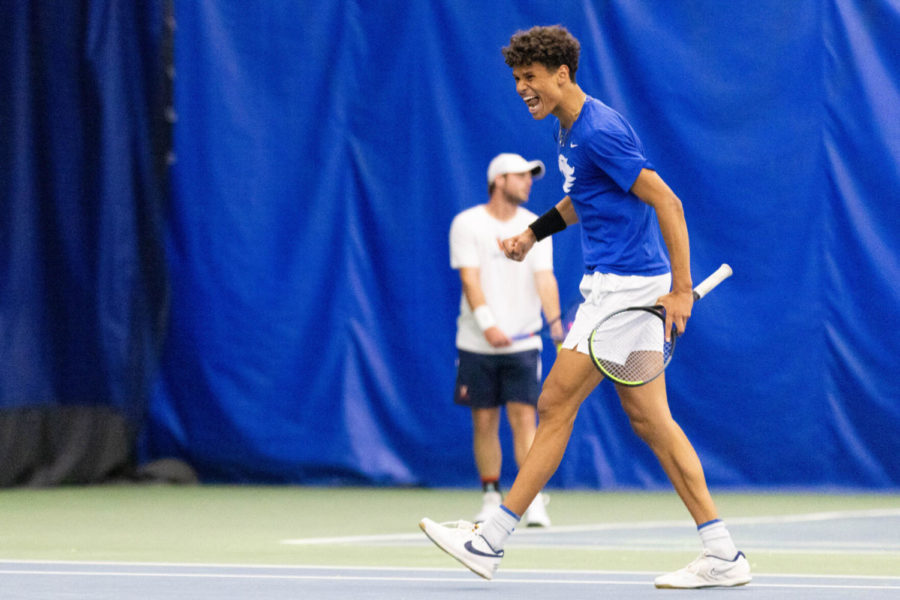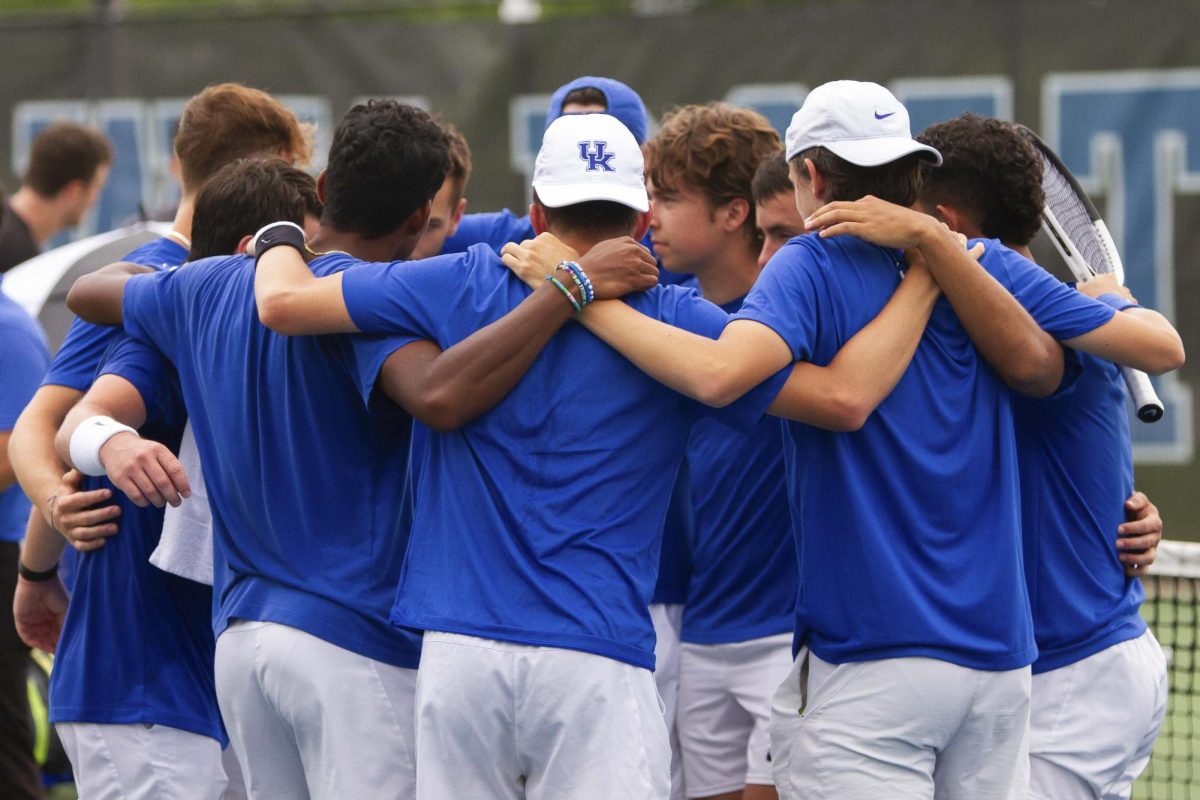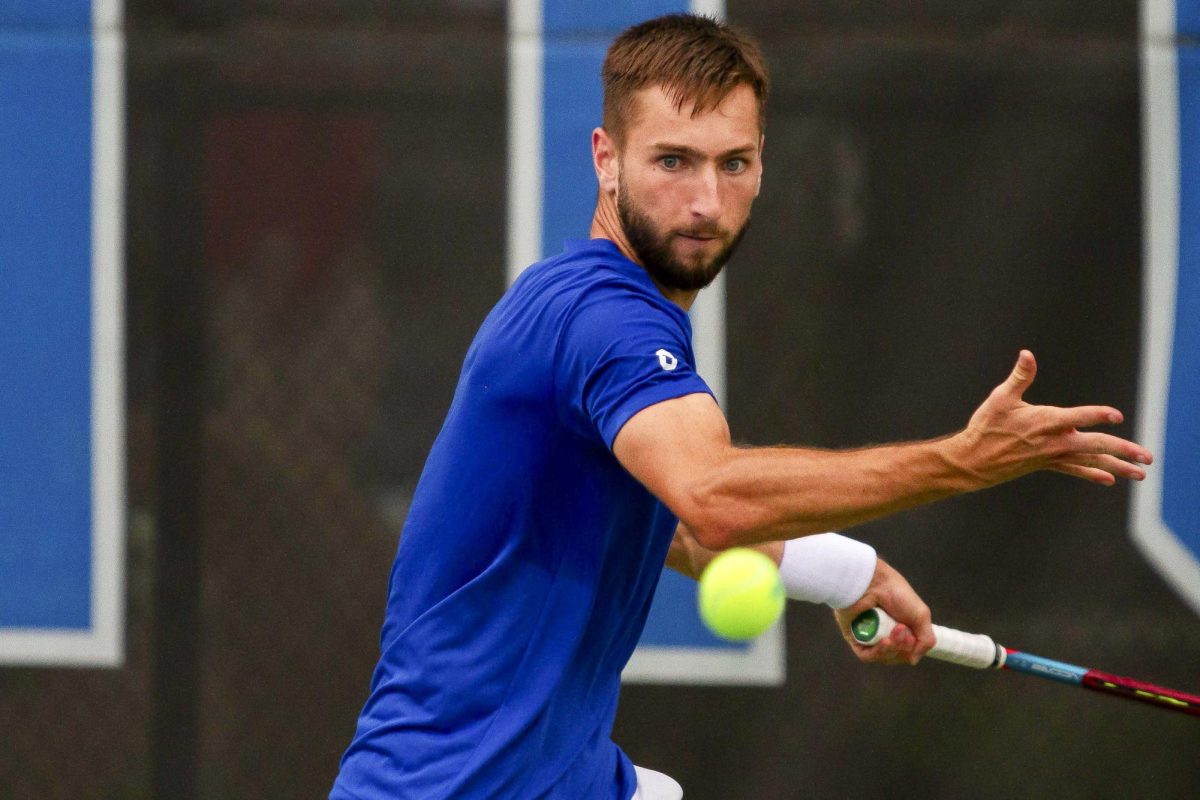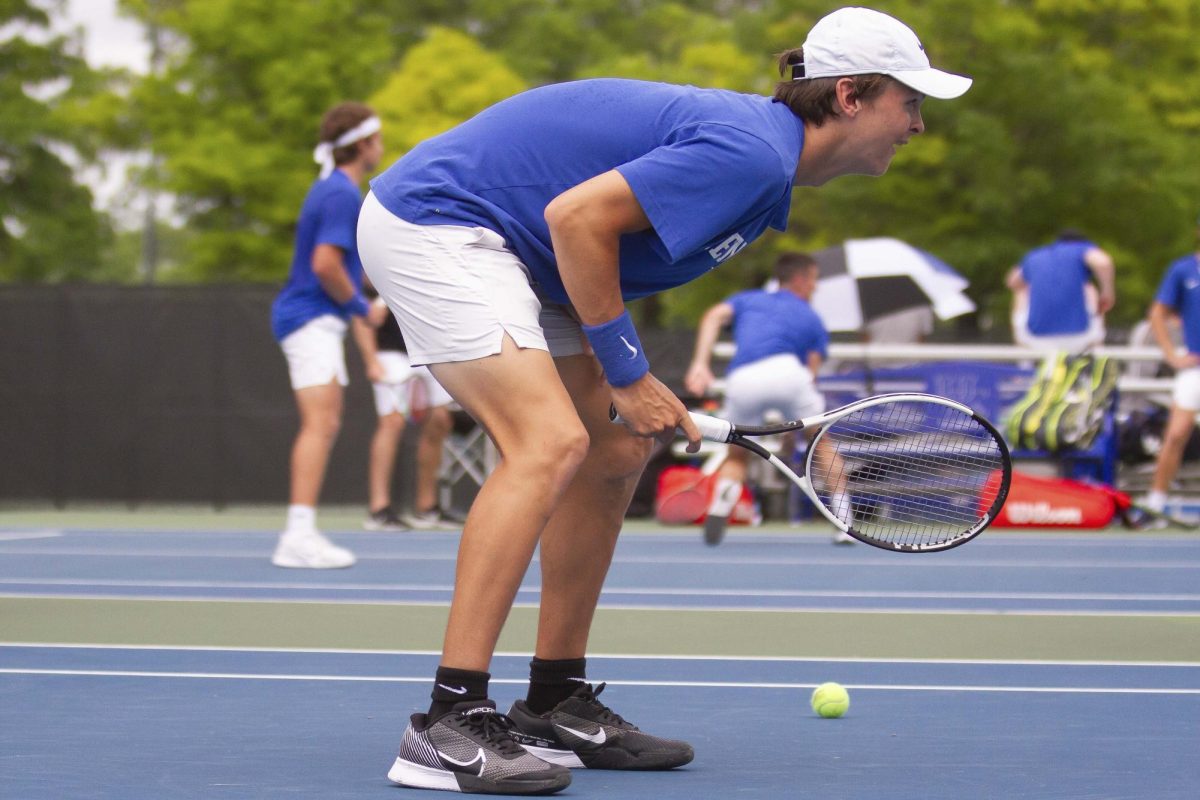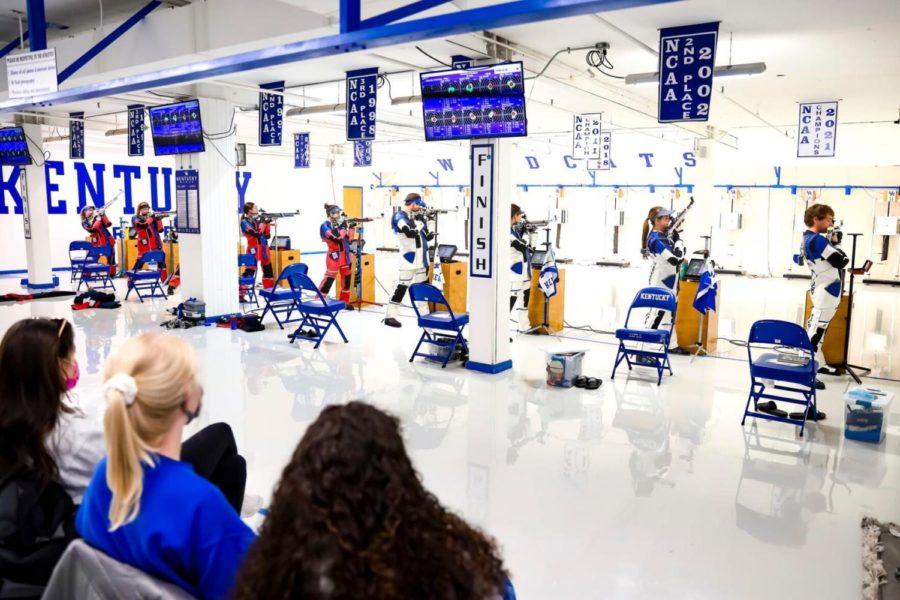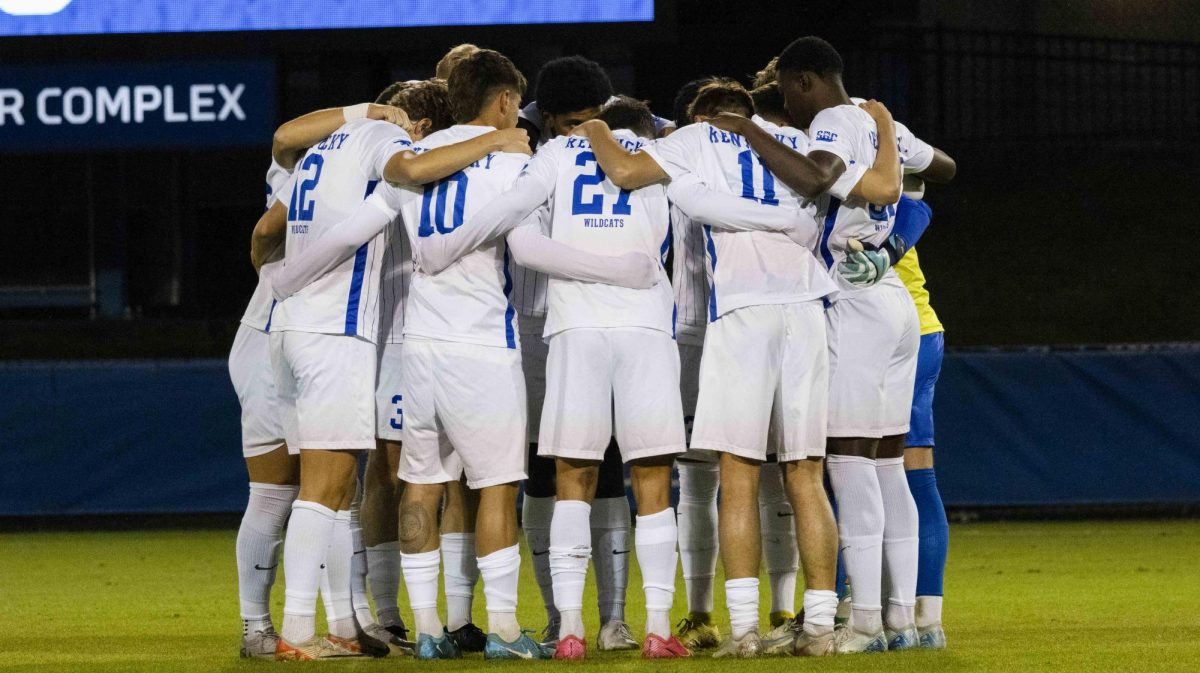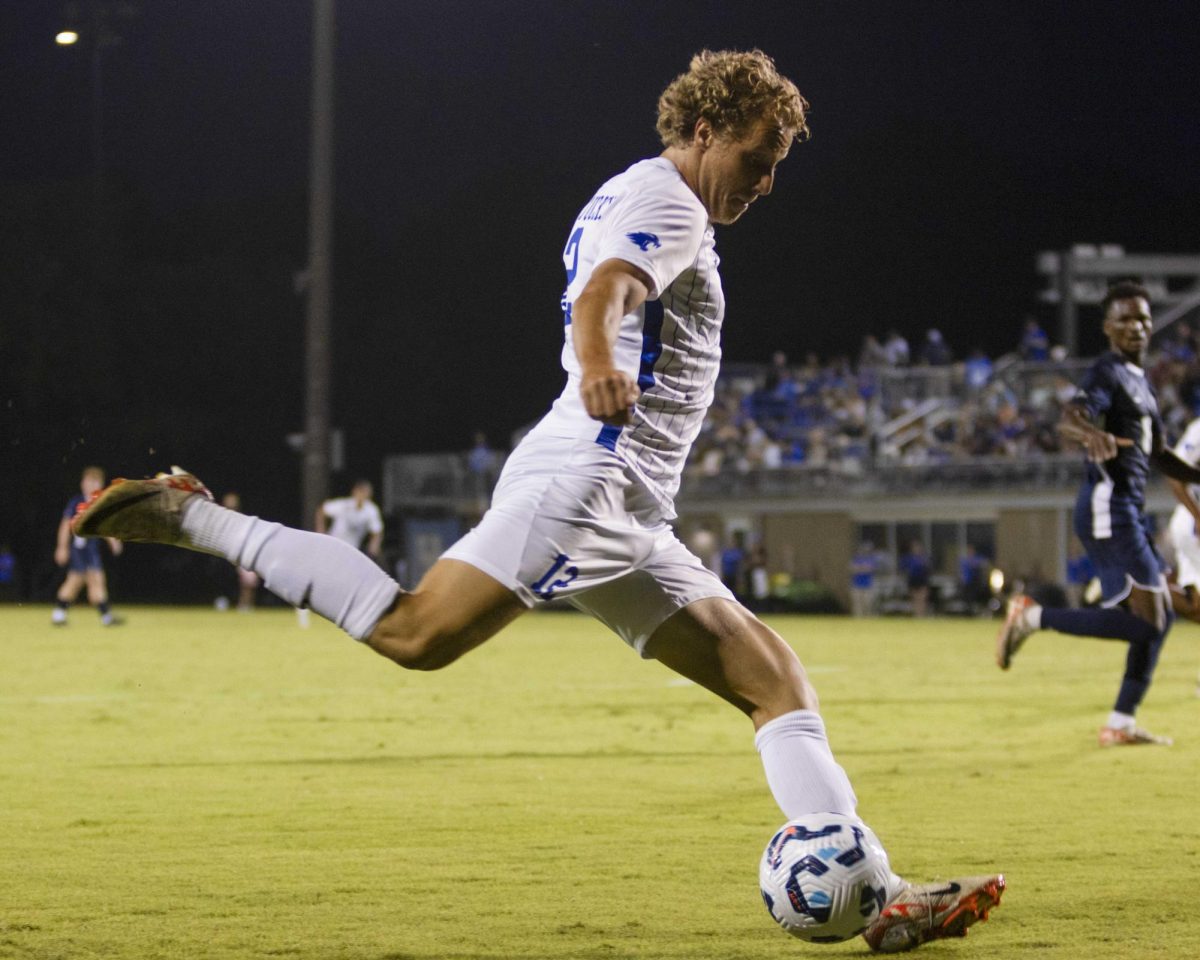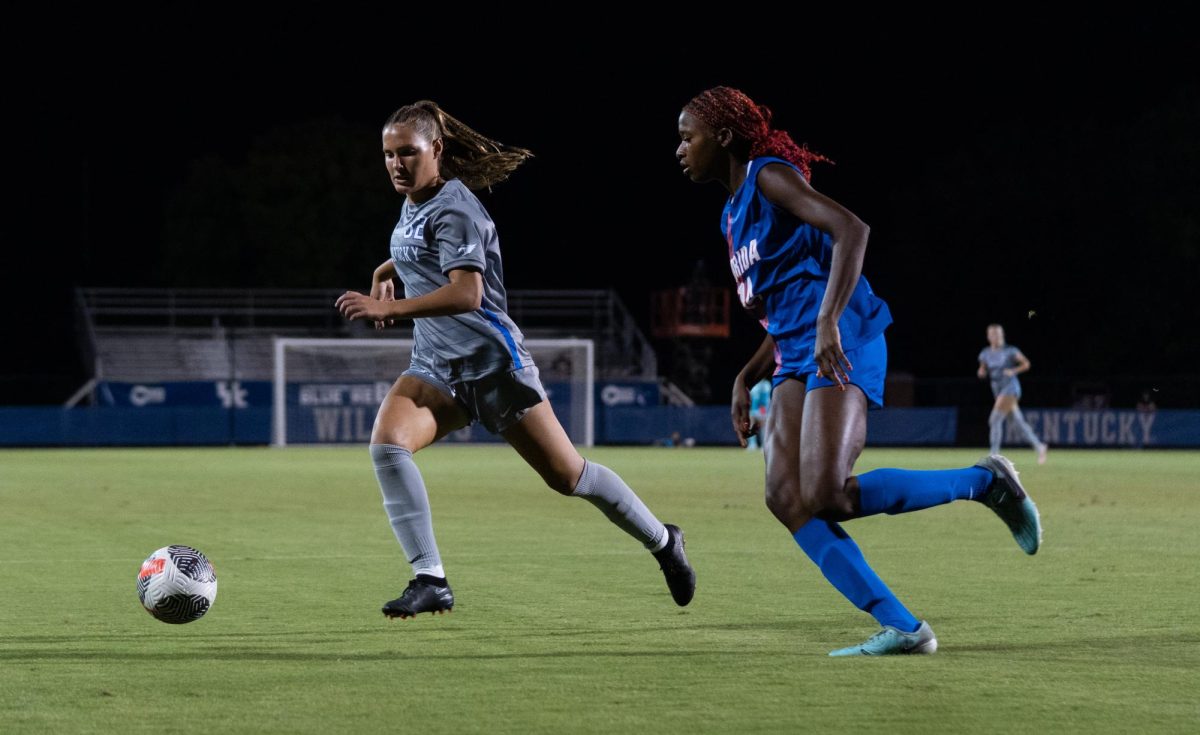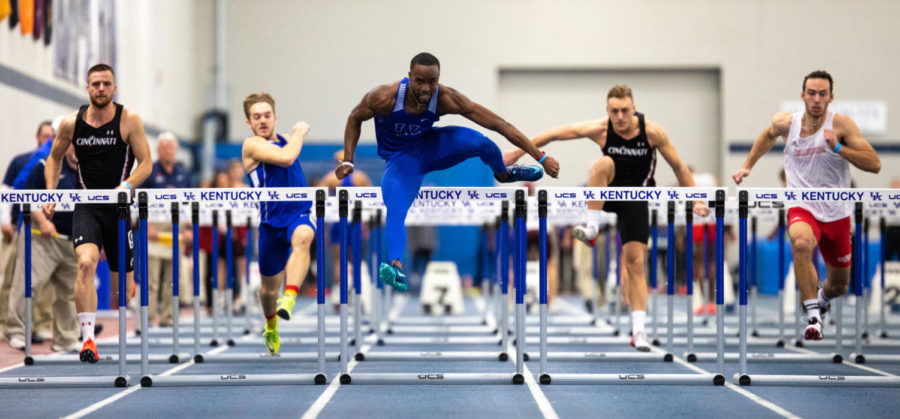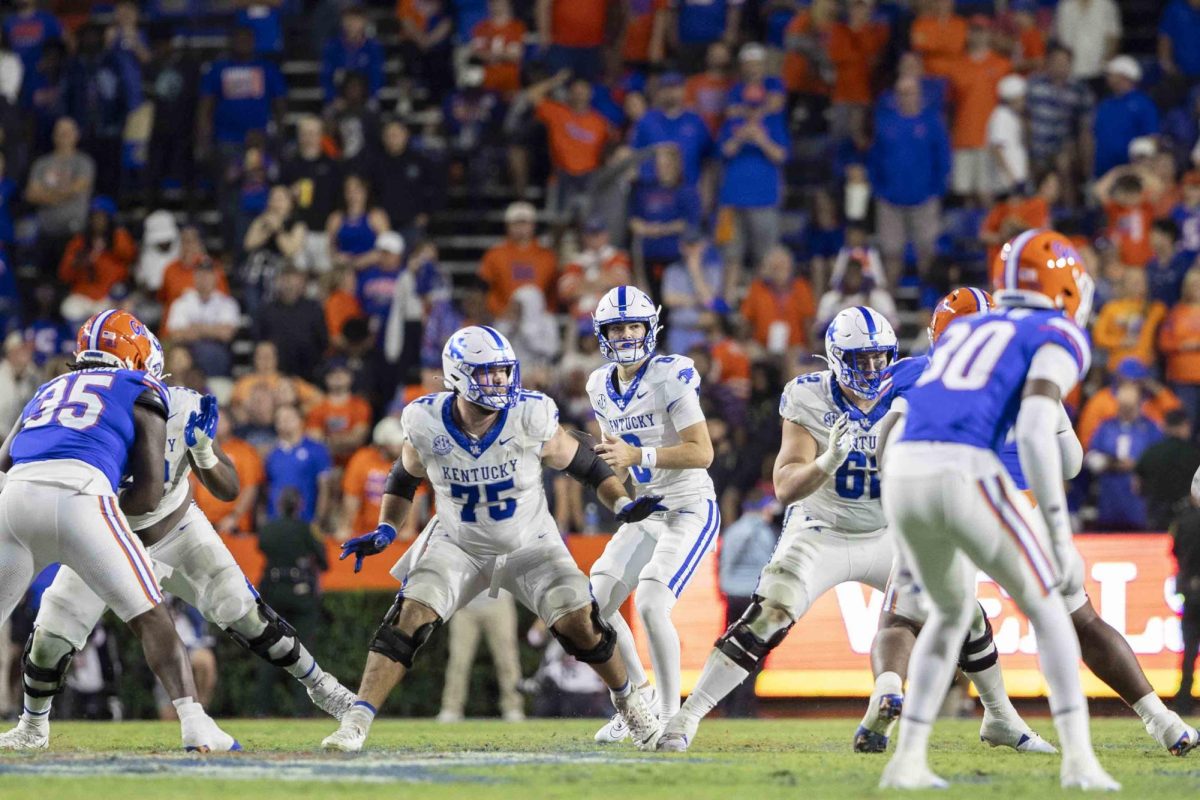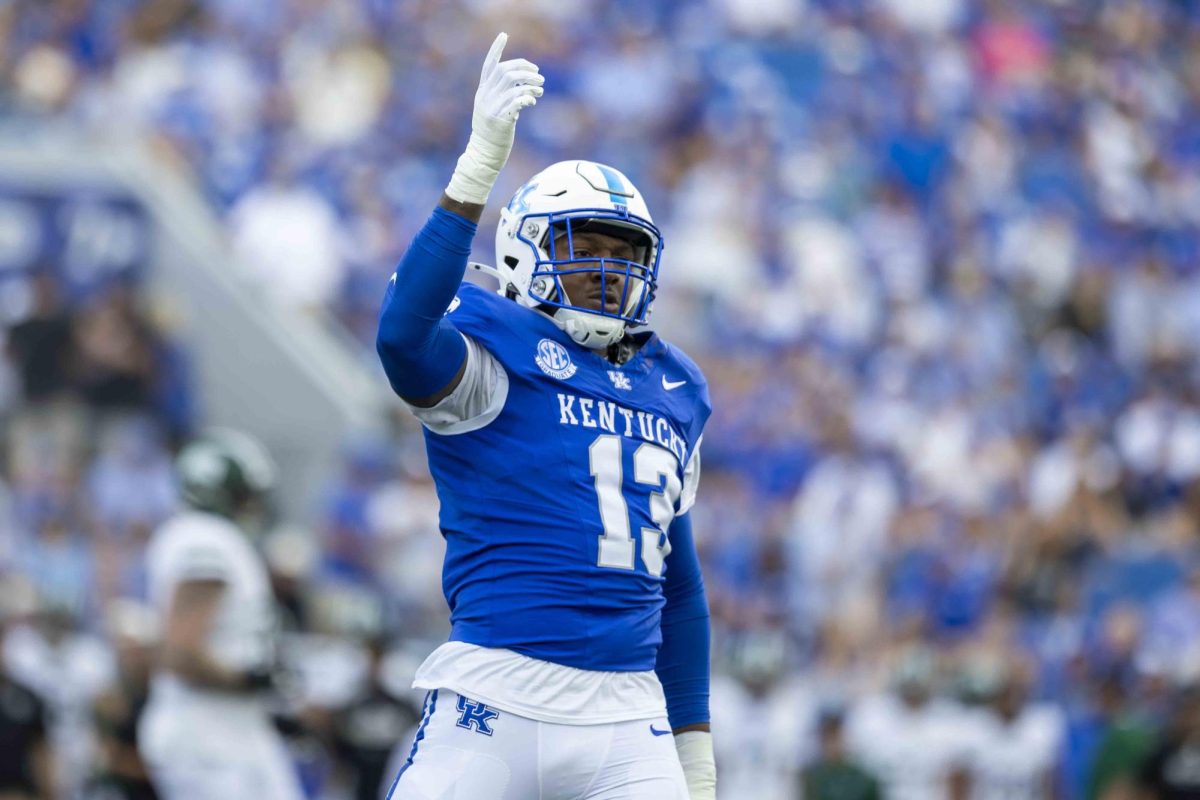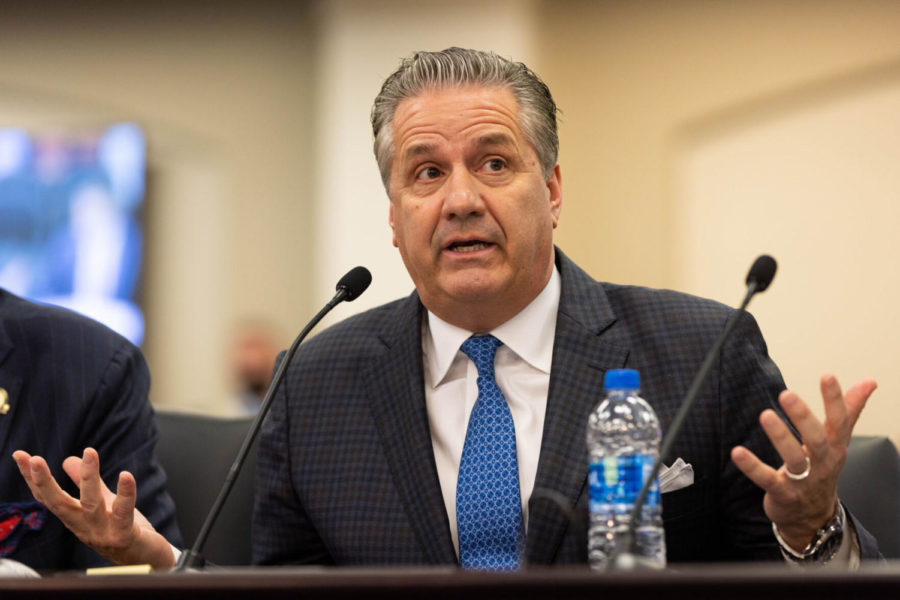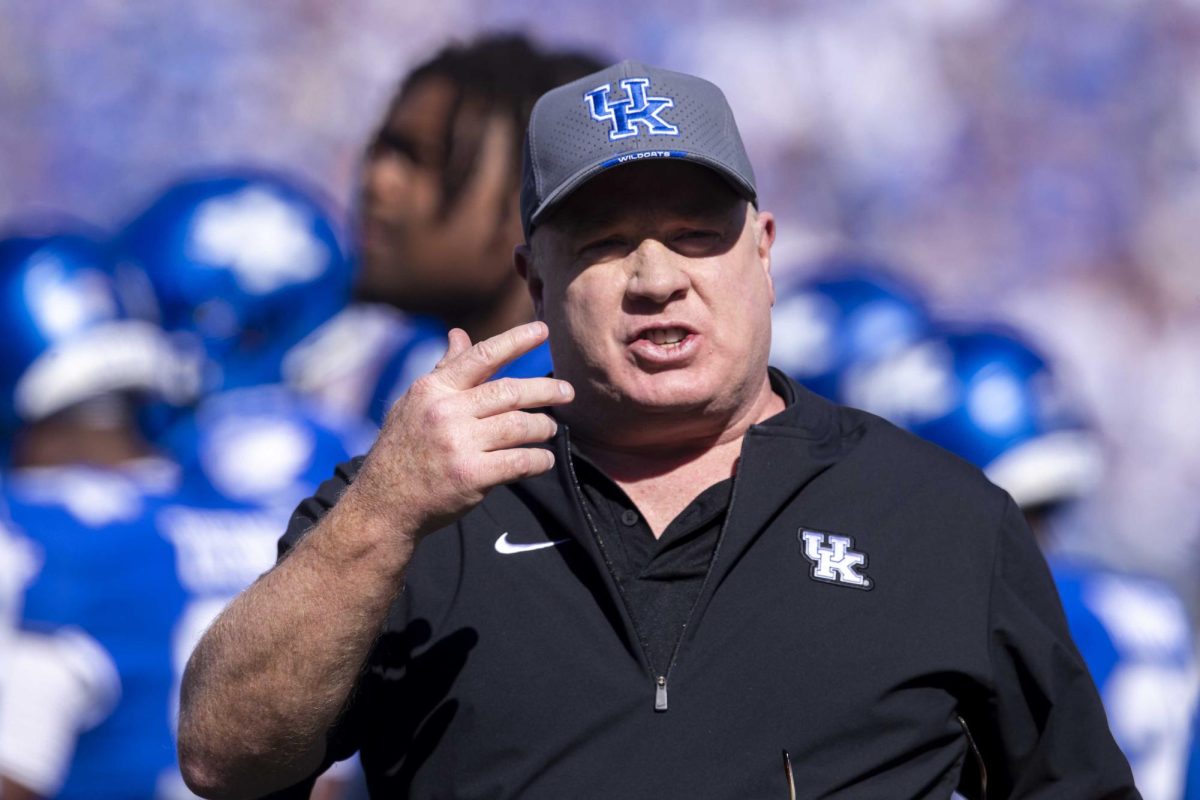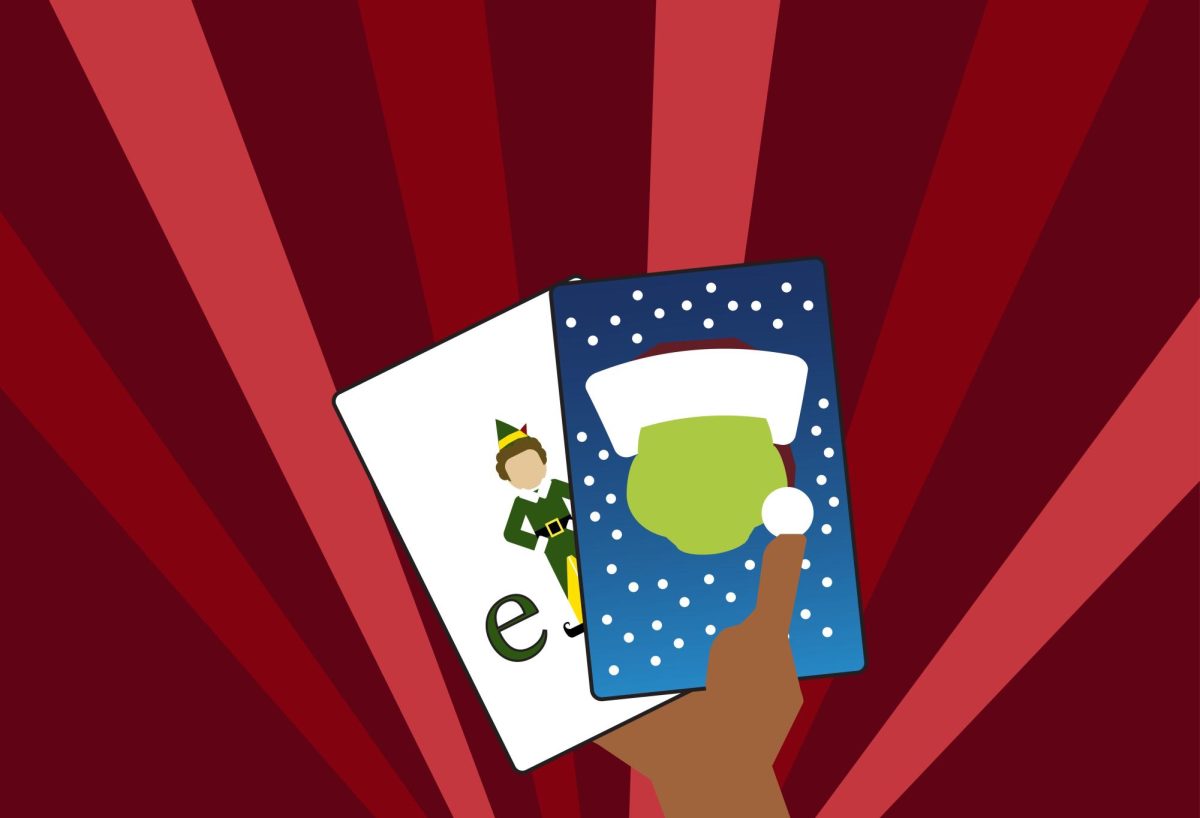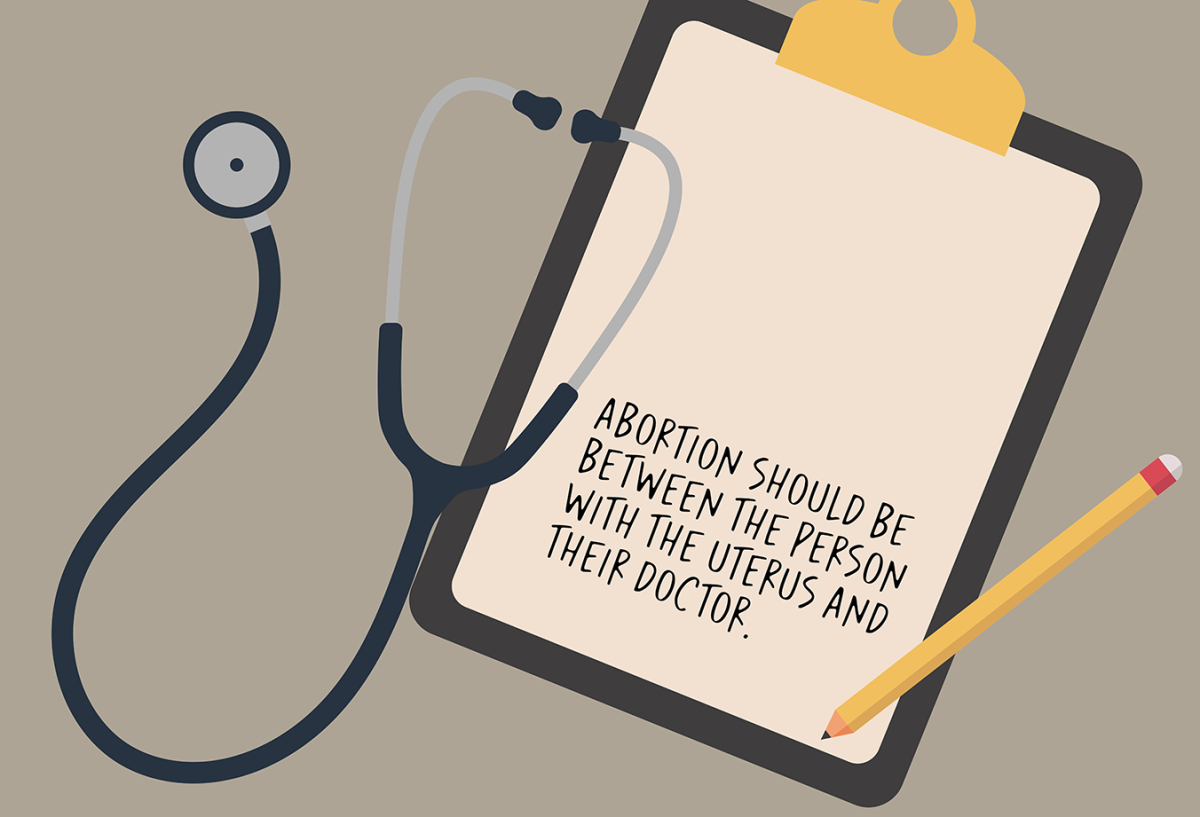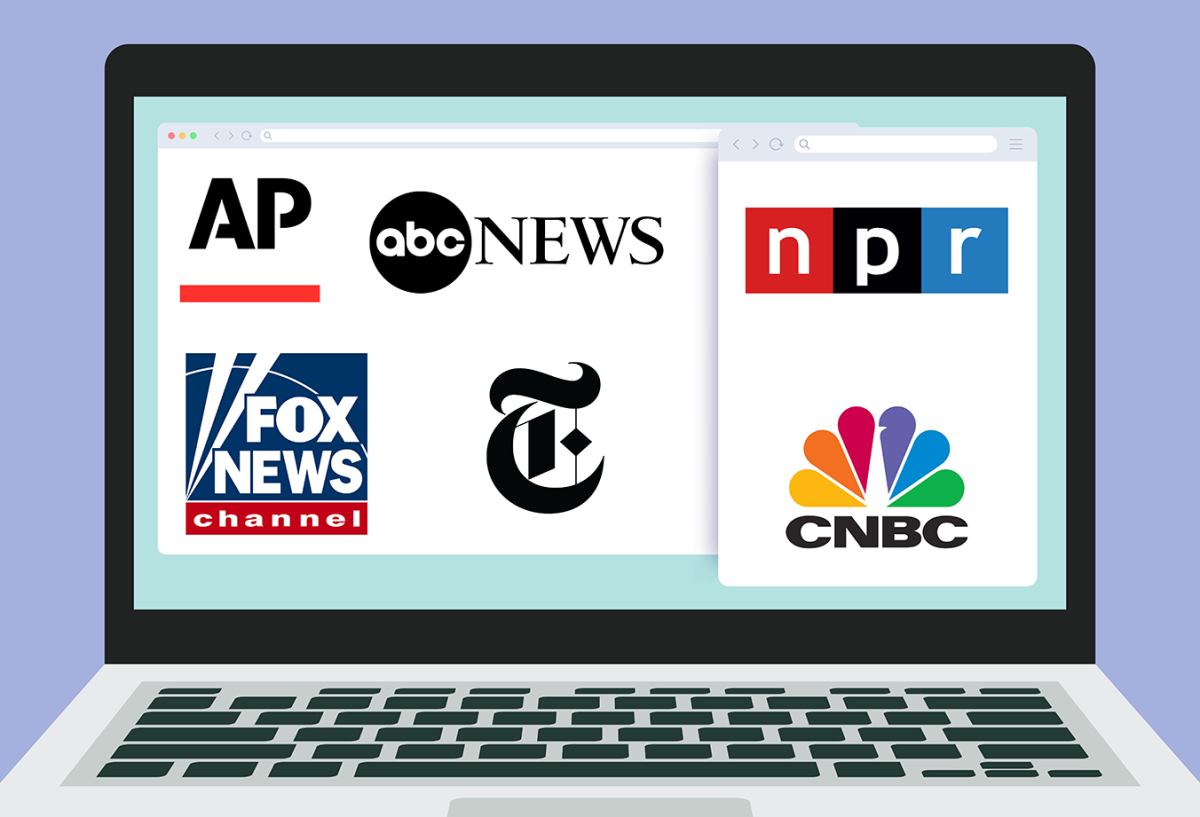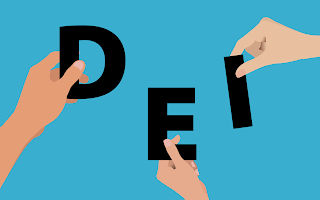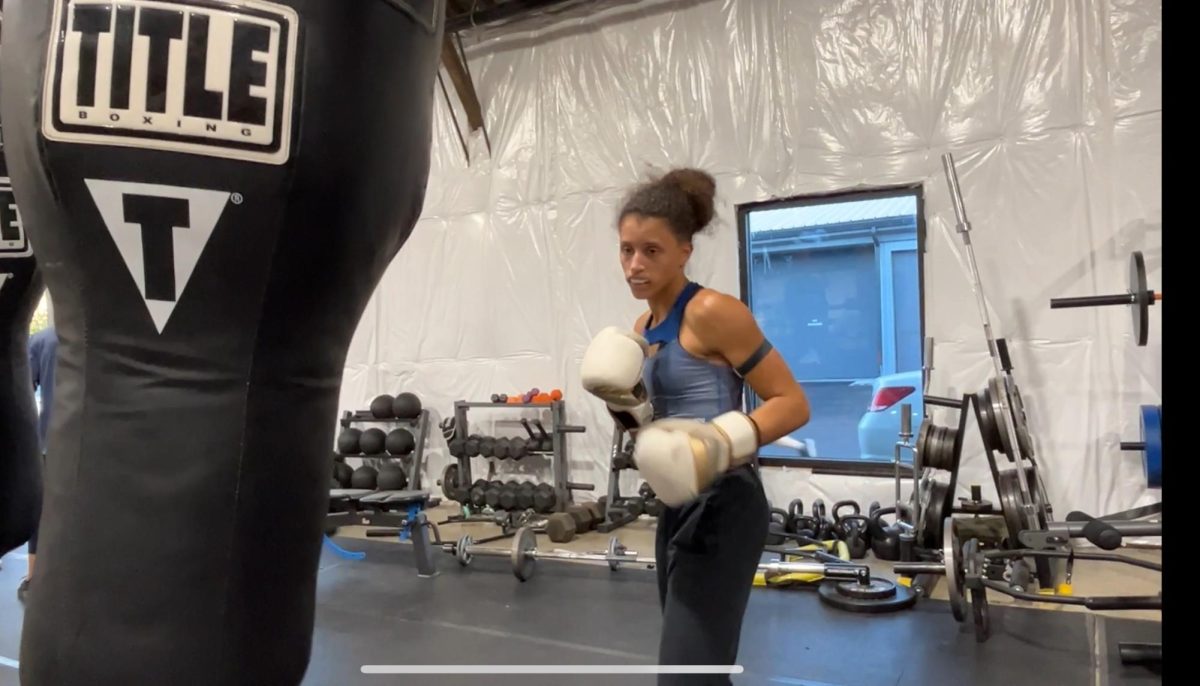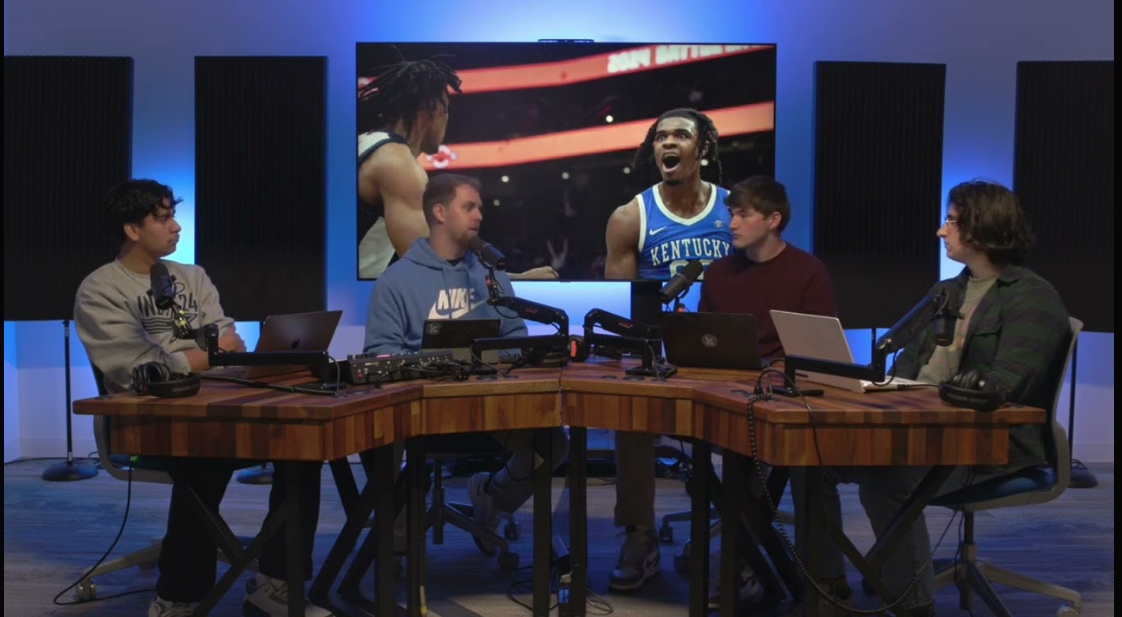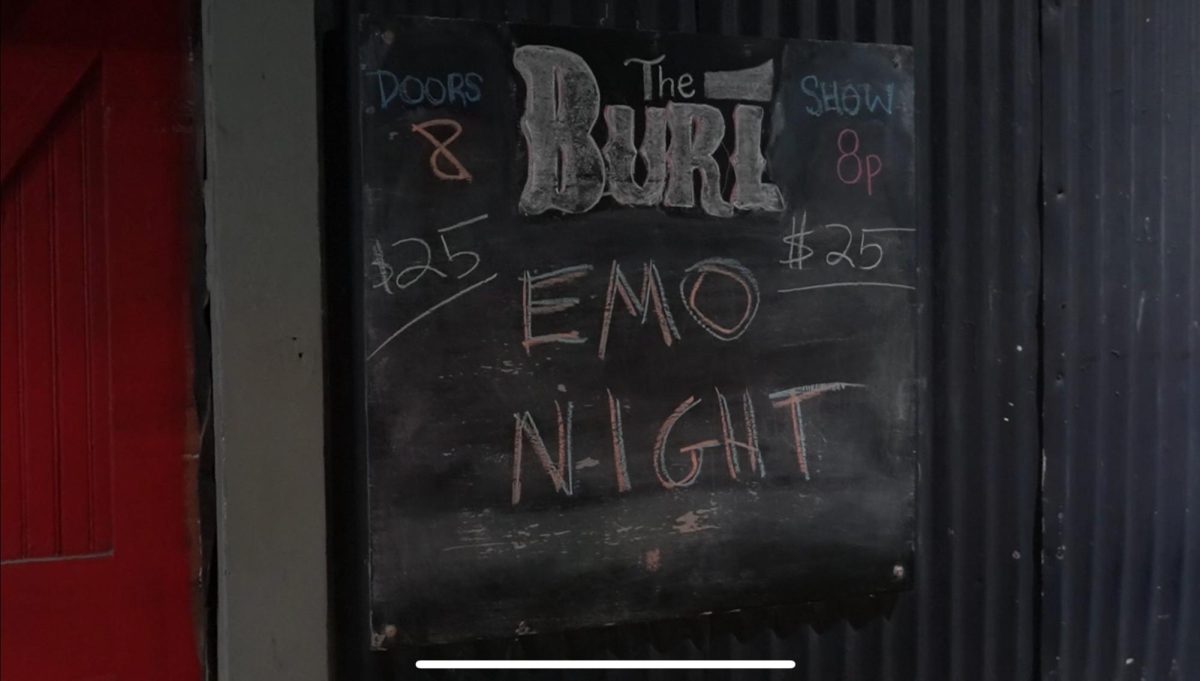Q&A with writer and editor at Marvel Comics, Bill Rosemann
April 15, 2014
By Anyssa Roberts
From the moment Bill Rosemann saw his first superhero in a shoe store window at the mall, he was hooked on comic books. Rosemann, now a writer and editor at Marvel Comics, has played a key role in developing stories for “Captain America,” “The Incredible Hulk” and “Thor.”
Rosemann brought his comic expertise to campus on Tuesday night at a talk hosted by the Student Activities Board.
Before the event, Rosemann sat down with the Kernel to discuss his entrance into the comic book world and his role at Marvel.
Q: Does Marvel have any new characters or stories coming?
We’re always developing stories ahead of time, so we just had an editorial conference with all the editors and about 12 writers where we argue about the next comic and the characters.
Q: That actually sounds like fun.
Yeah! It is fun. It’s like when you were 12 and you and your friends were arguing about can Superman beat Batman, or something like that.
Q: So what inspires you? What inspires Marvel?
We want to tell the best stories we can. We want to constantly be pushing the envelope.
We didn’t just want to say, “Well, we did ‘Avengers’ and we’re done.” We’re going to keep going. We’re going to do ‘Captain America: The Winter Soldier,’ and we’re going to keep trying to be the best we can. We want to challenge our creators, challenge ourselves and challenge our characters.
Q: What advice do you have for artists?
Keep practicing. Don’t just look at comic books. If you want to be a writer or artist in any field, you have to keep at it, and you have to expand what you know, not just assume what you want to be. If you want to be a comic book writer or artist, you can’t just read comic books. You have to get out in the world and experience life and draw on those experiences. And you have to have your own style. You can start by looking at a particular artist, but you have to develop your own style. We publish 80 books per month and they’re all different. We want the variety, and in writing we want the diversity of voices, so whatever kind of writer or creator you are, keep at it, keep at it, keep at it, and eventually you will arrive at your best voice.
Q: So how did you get into comics?
I was attracted to comic books from the moment I first saw a superhero. My mom took me to the mall and in a shoe store, in the window, I saw this giant cardboard cutout of a superhero. I don’t know if I knew who he was, but he was larger than life … I had never seen anything like it before.
Q: How old were you?
If my memory serves me correctly, I probably in the first grade.I also saw cartoons at that time. These cartoons called the Superfriends. It had Superman, Batman, Wonder Woman. I got one of my first comics in the second or third grade in school. They used to publish these little things called pocketbooks with comics from the ‘60s, but they were outdated. Peter Parker still ran around with a bow tie, but they grabbed me and fascinated me. I’d never seen anything like him, and I realized that Spiderman was very different from any of the other cartoons, and that was kind of my introduction to comics. I haven’t looked back since.
Q: So what was your very first comic, I’m curious.
My first comic … It was a cartoon back in the ‘70s called Wheelie and the Chopper Bunch about a Volkswagen bug — it was the era of Herbie, the Love Bug — and there were these evil motor cycles, the Chopper Bunch, who tried to foil his good deeds. But as soon as I discovered super heroes, that was my path. That first reprint of The Amazing Spiderman just blew me away.
Q: So is Spiderman your favorite character? Or is there another love in your life?
Well when you work for a company like Marvel you come to appreciate many of the characters. And at different times, when you’re working on them, you may have more appreciation for some than others … so I have a few characters over the years, but Spiderman would have to be my one true love when it comes to superheroes.
Q: Why?
He was different in every way; he was a rebellious figure. He wasn’t a figure who was loved by the police or the media; they thought he was a villain. His life was not easy. But he is the loveable loser; he’s always trying to do the right thing no matter what. And the world may think that he’s a menace and he may not always get the girl, but we, the reader, know he tries very hard and no matter how many times you know he’s down, he’s gonna get back up. So I think the story of the underdog who always tried to do the right thing is something we all can relate to and draw inspiration from in our everyday lives.
Q: So, you can see yourself in Peter Parker?
Oh, definitely. Before Spiderman heroes were much more square jawed. Some were billionaires by day and crime fighters by night. Peter wasn’t. He was a poor kid from Queens who was an orphan raised by elderly parents. He was a skinny nerd who was pushed around by the jocks and at one hand he longed to be one of them, but also he was angry at the world for the cards that he was dealt. On the inside he knew he was smart and could really contributed to society, but he felt the world was against that, and I think we all can relate to that.
Q: When you’re developing a character what do you do, what’s you’re process?
When we design a character it’s very holistic. We designed a character, the Human Torch from the Fantastic Four. His body turns to fire. Johnny Storm is literally a hot head. His name, his powers, his look, his personality, is all one, so that’s what we try to do with all of our characters. We try to make sure they’re all different. We have thousands of characters, so if we’re going to invent a new character they’d better be different. And they should be a reflection of our times. If we don’t do that then they’re just people running around in crazy costumes and getting into silly fights, and that’s not interesting.


